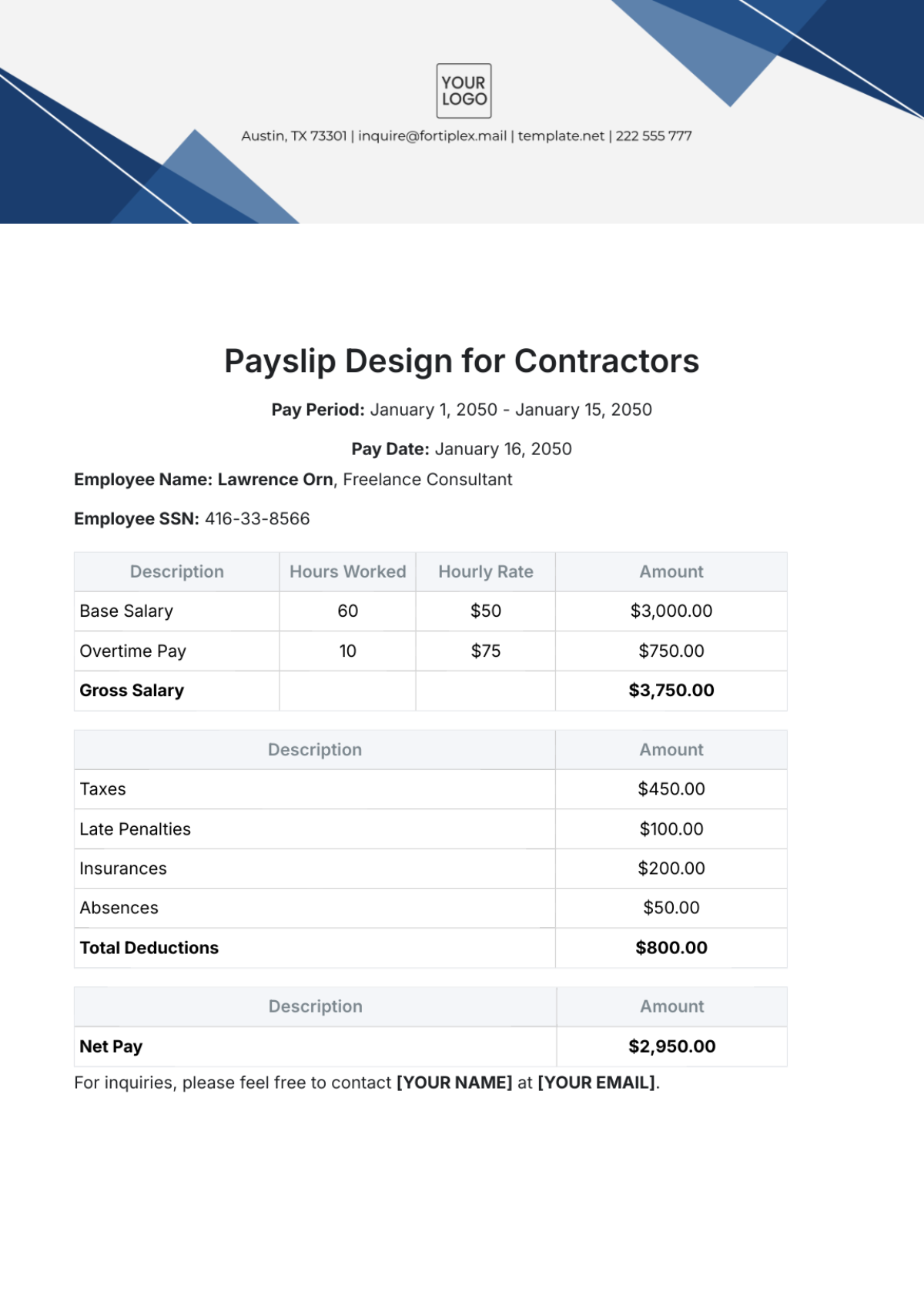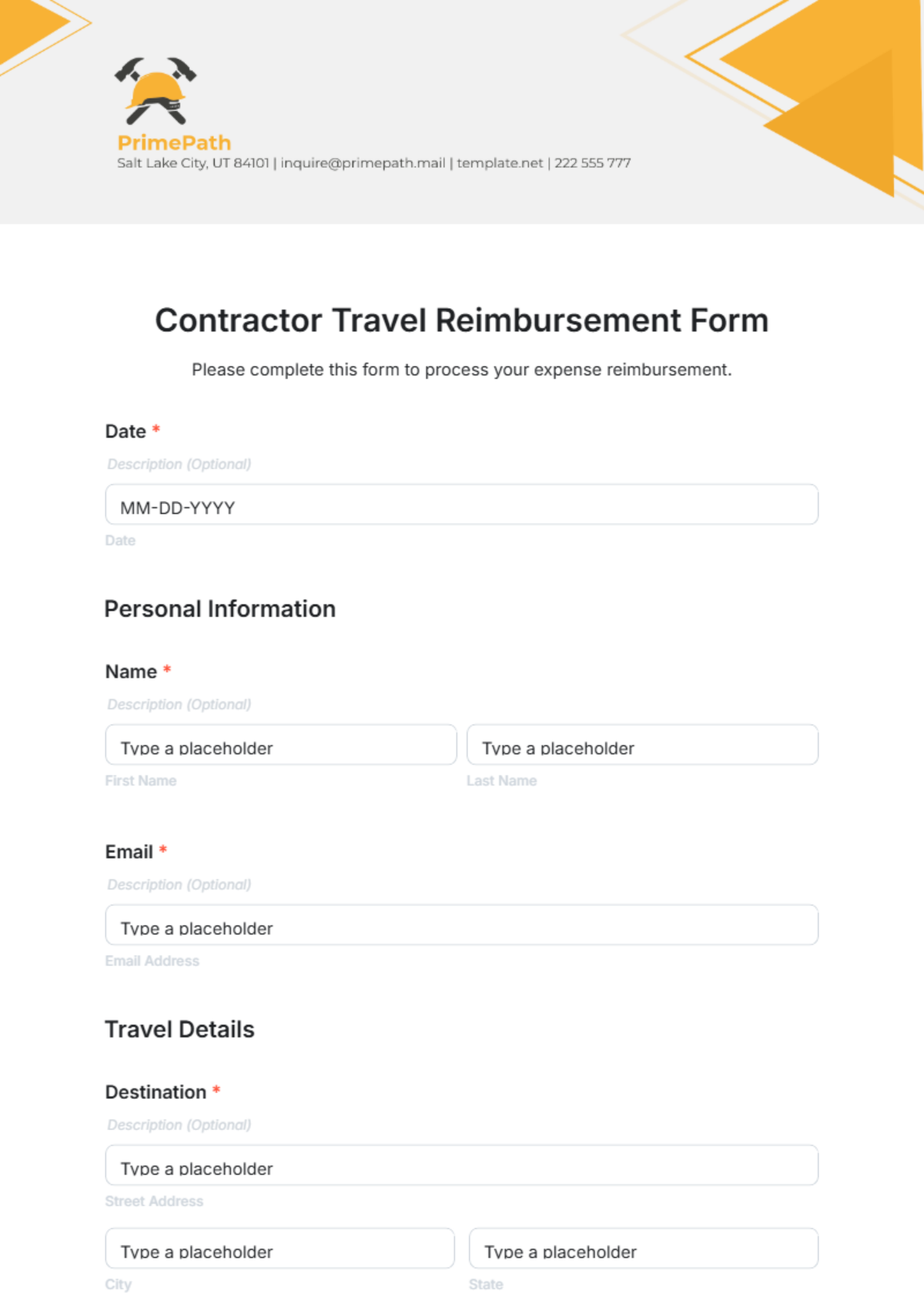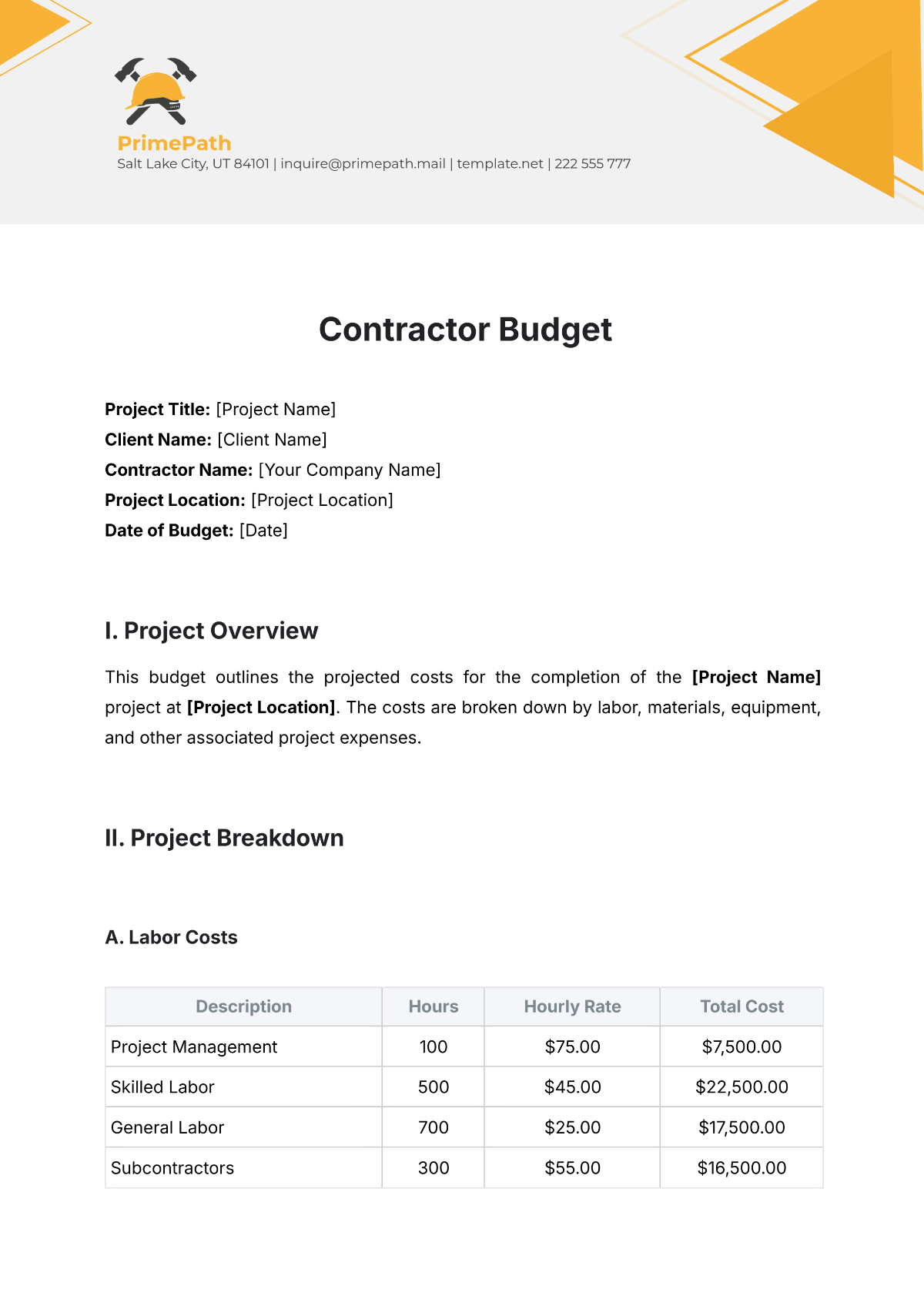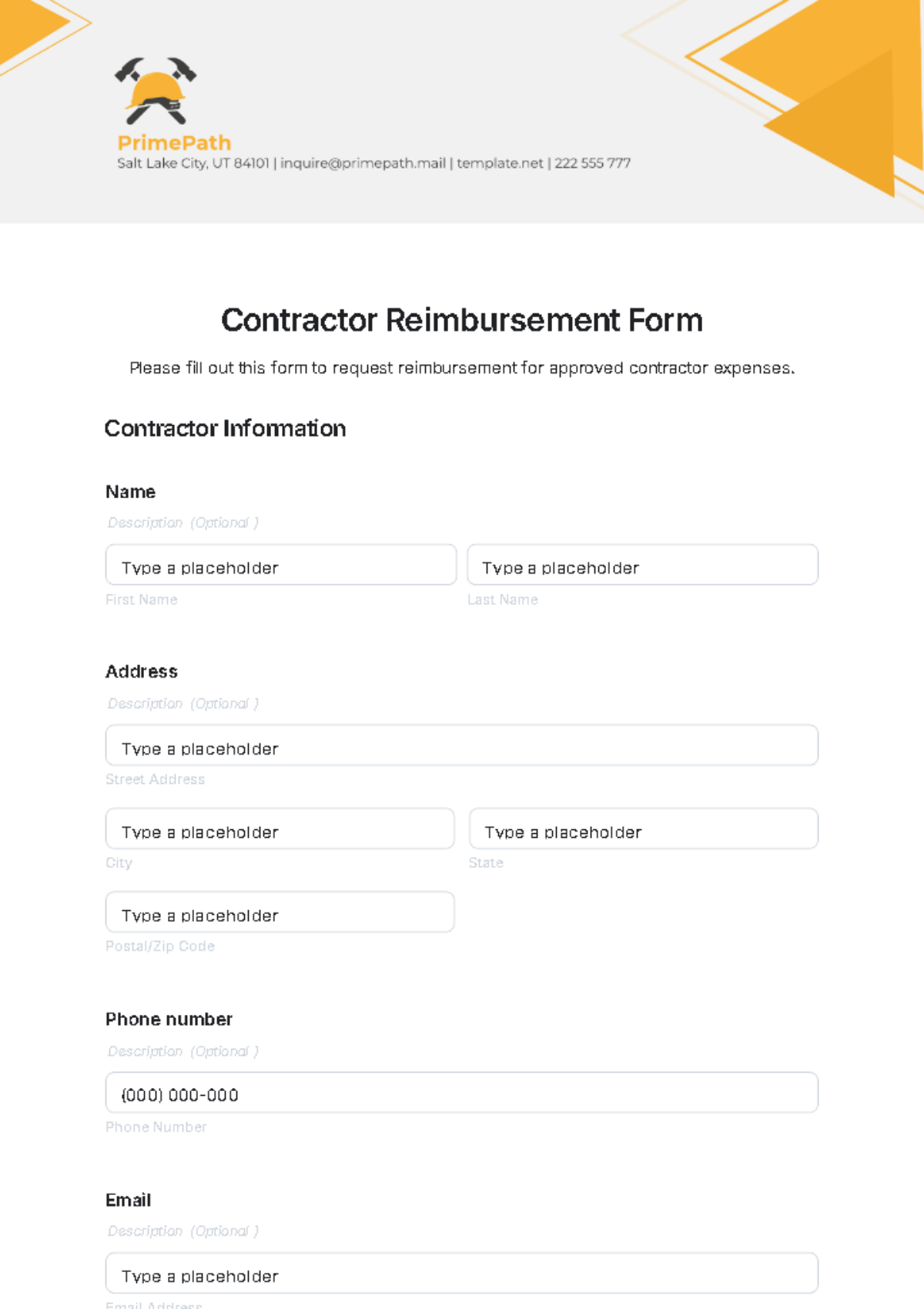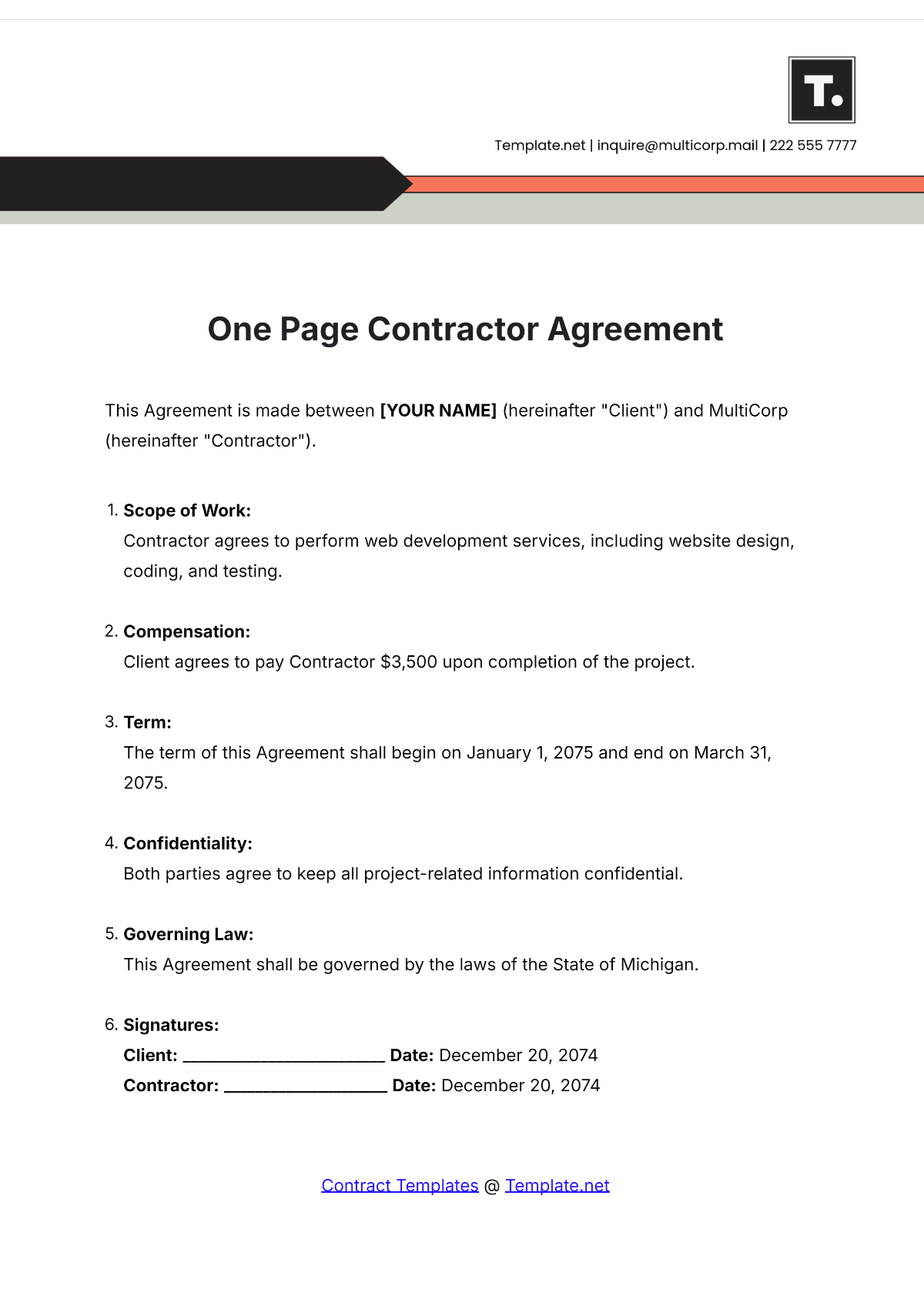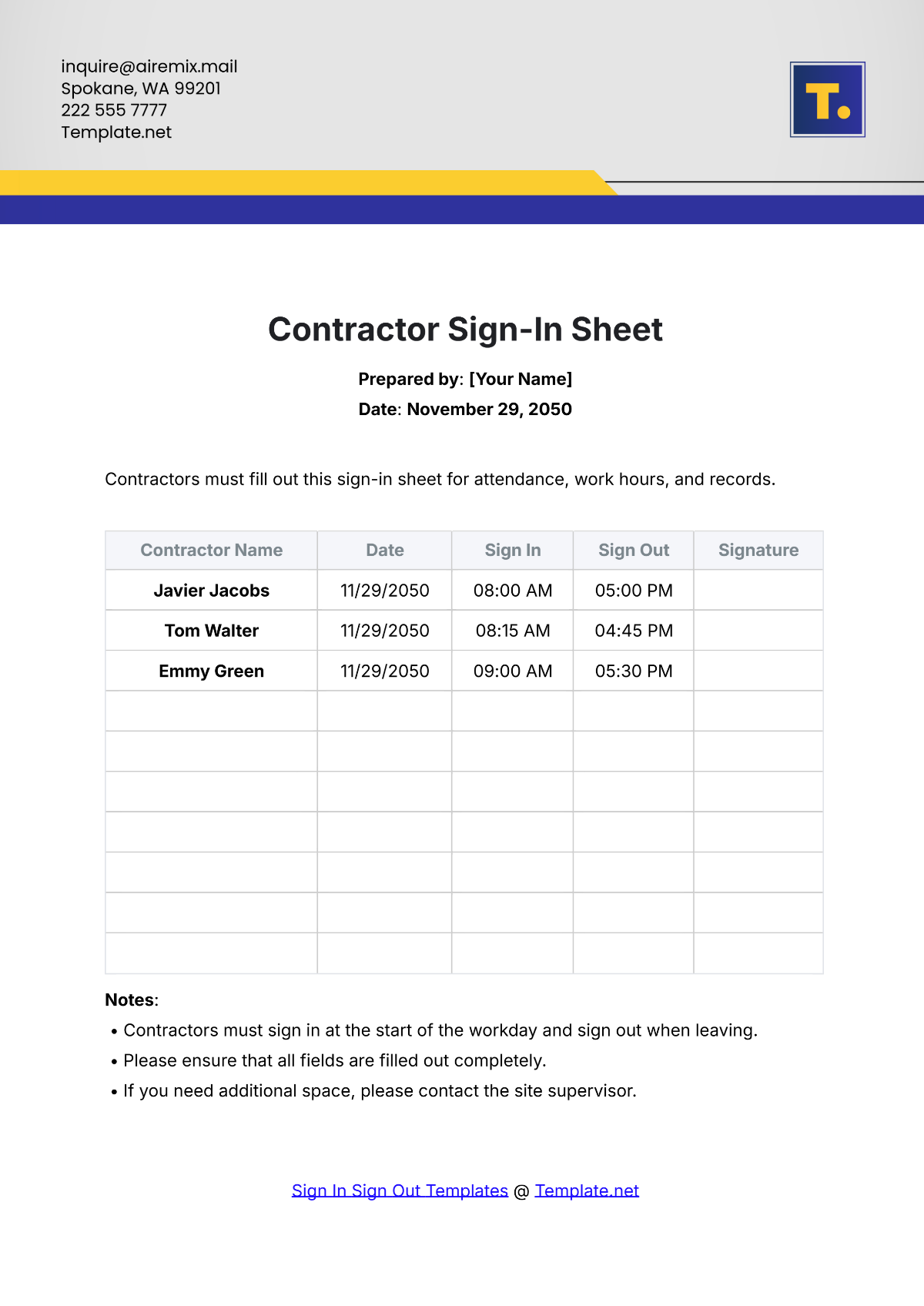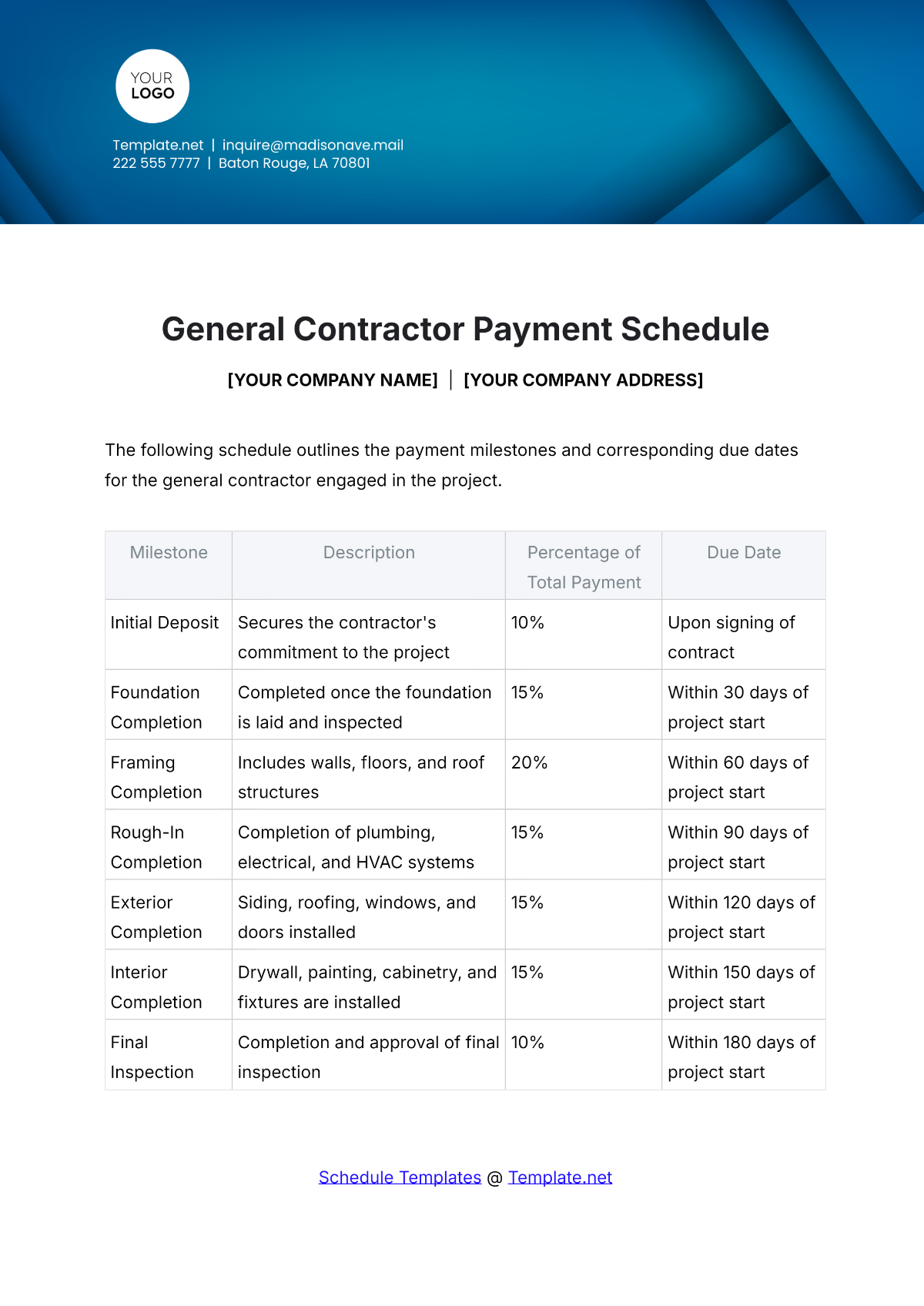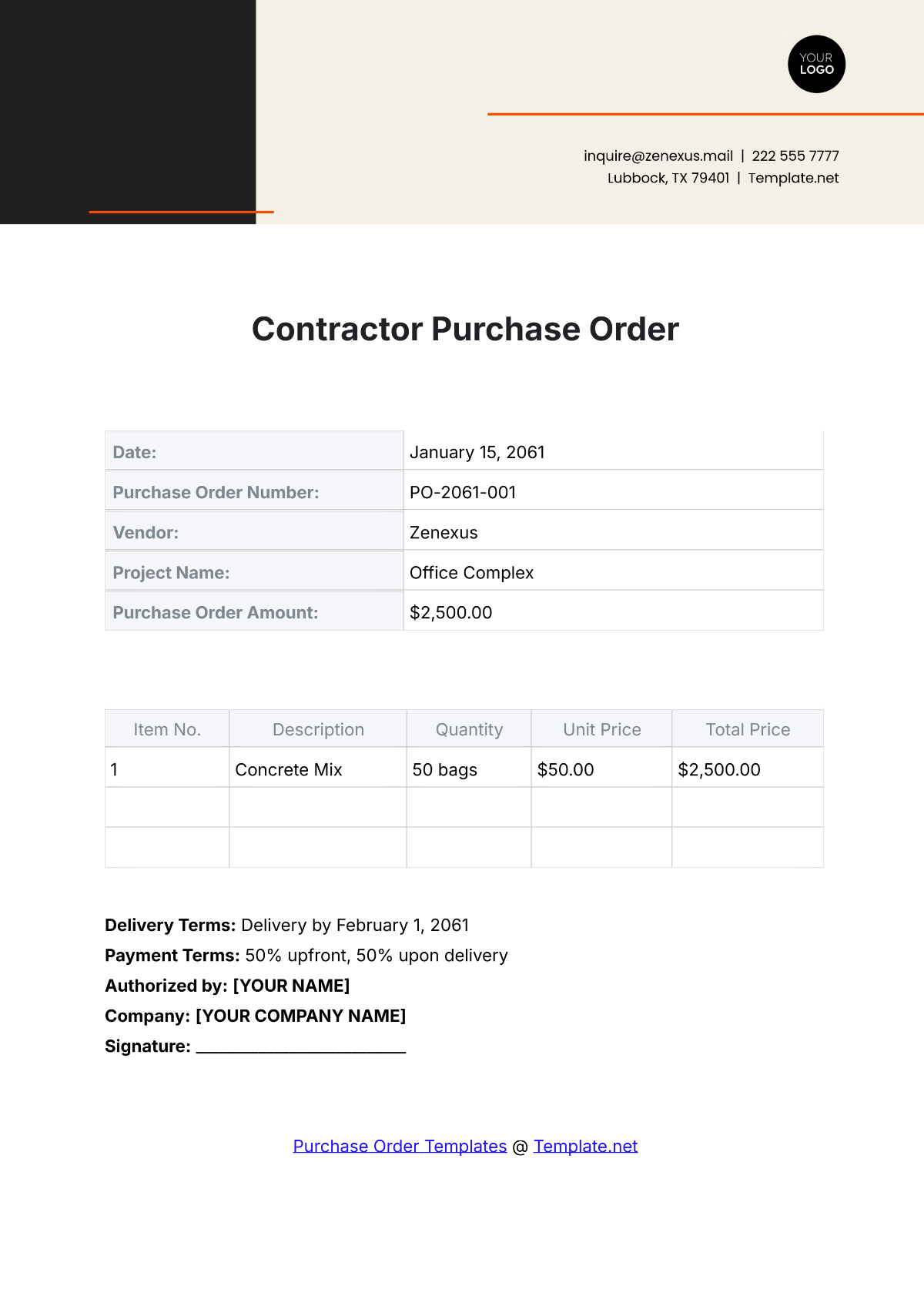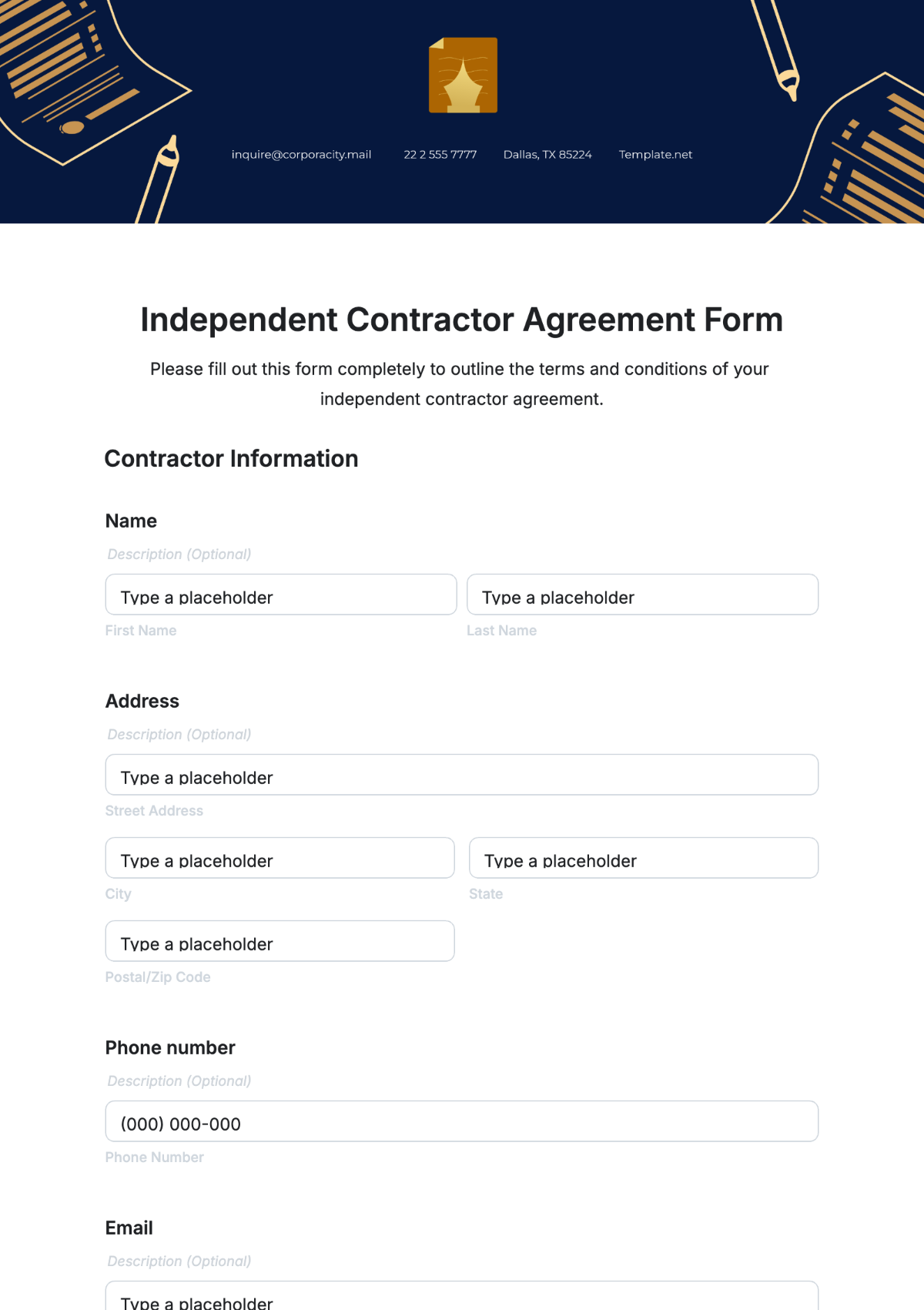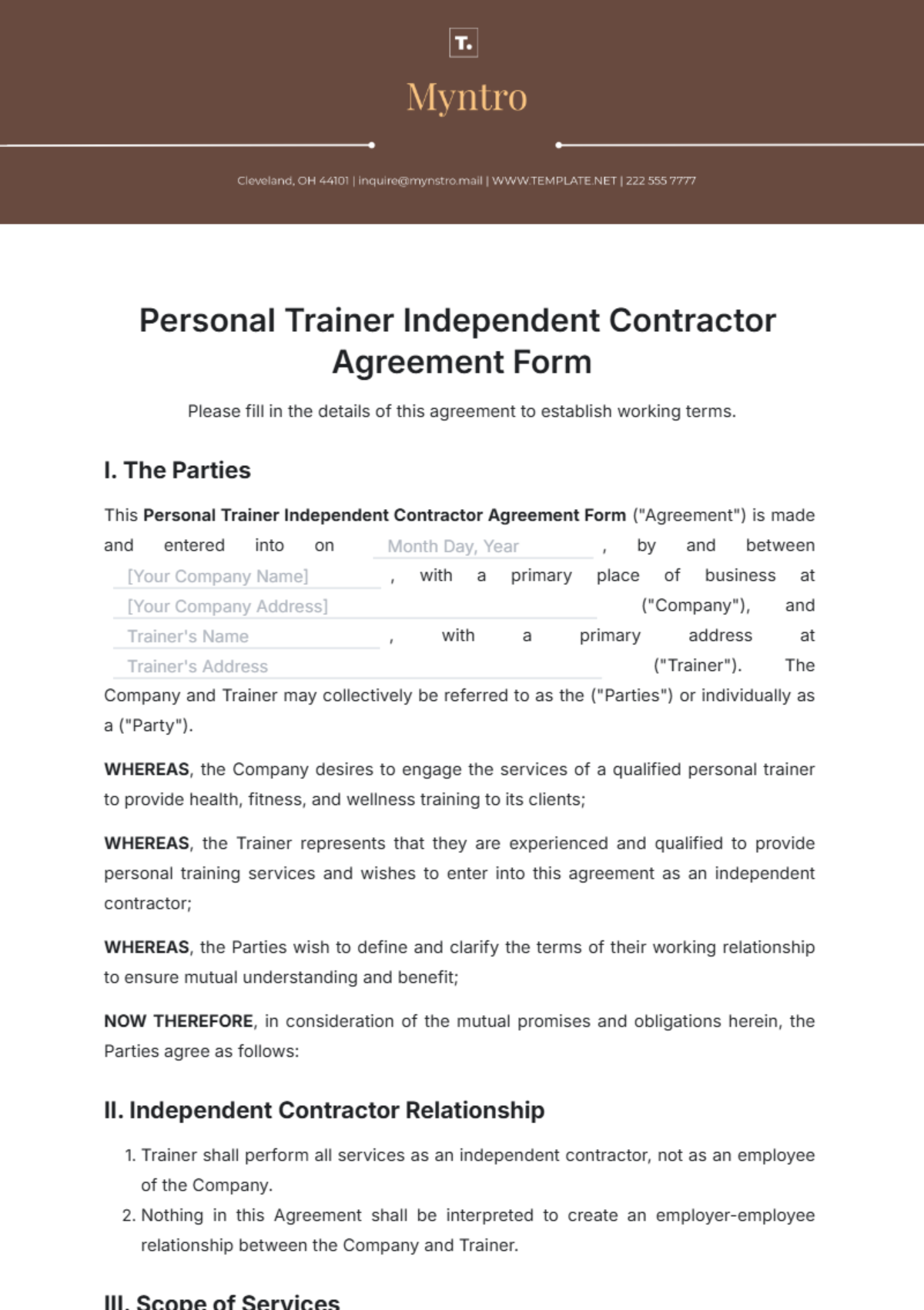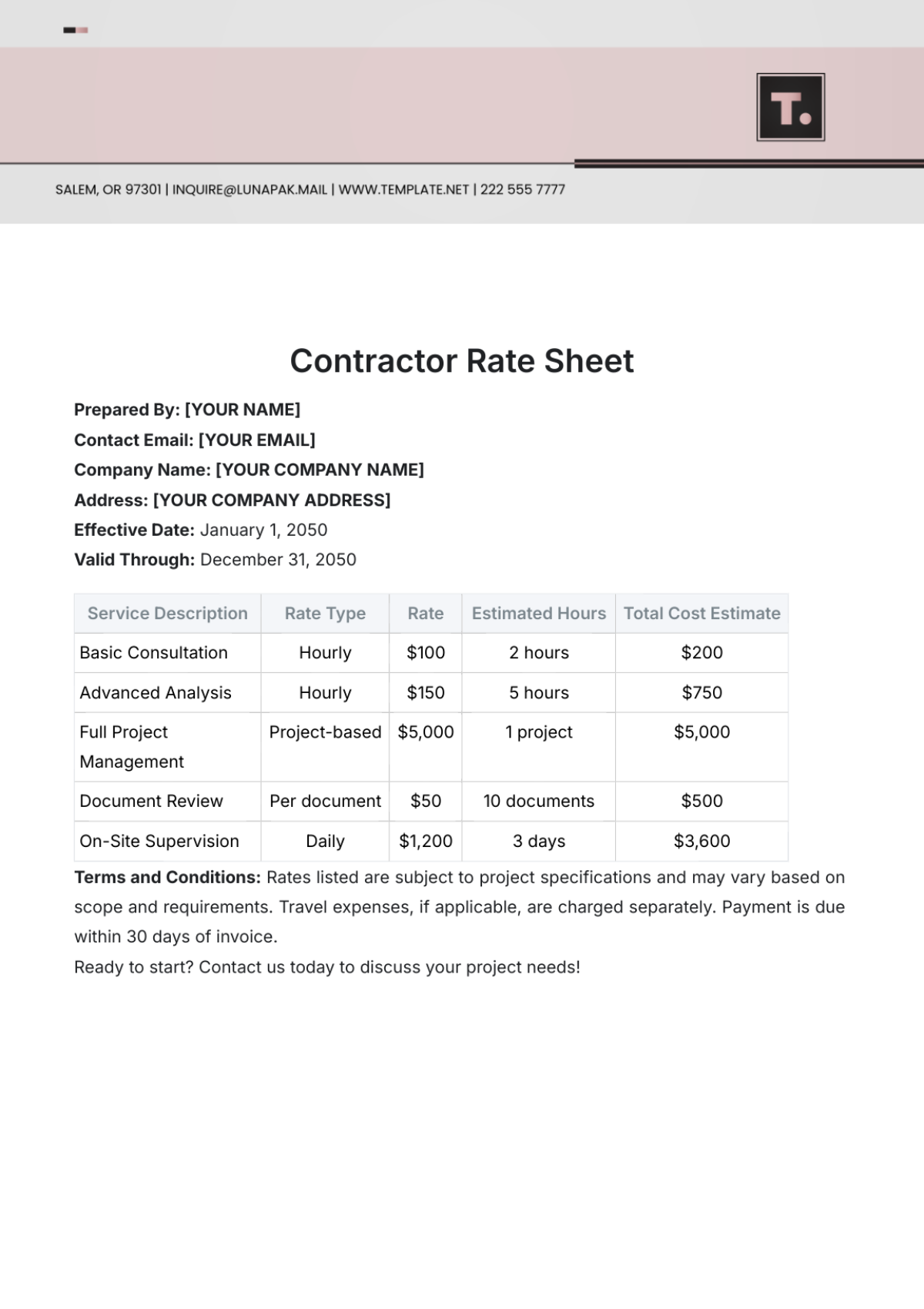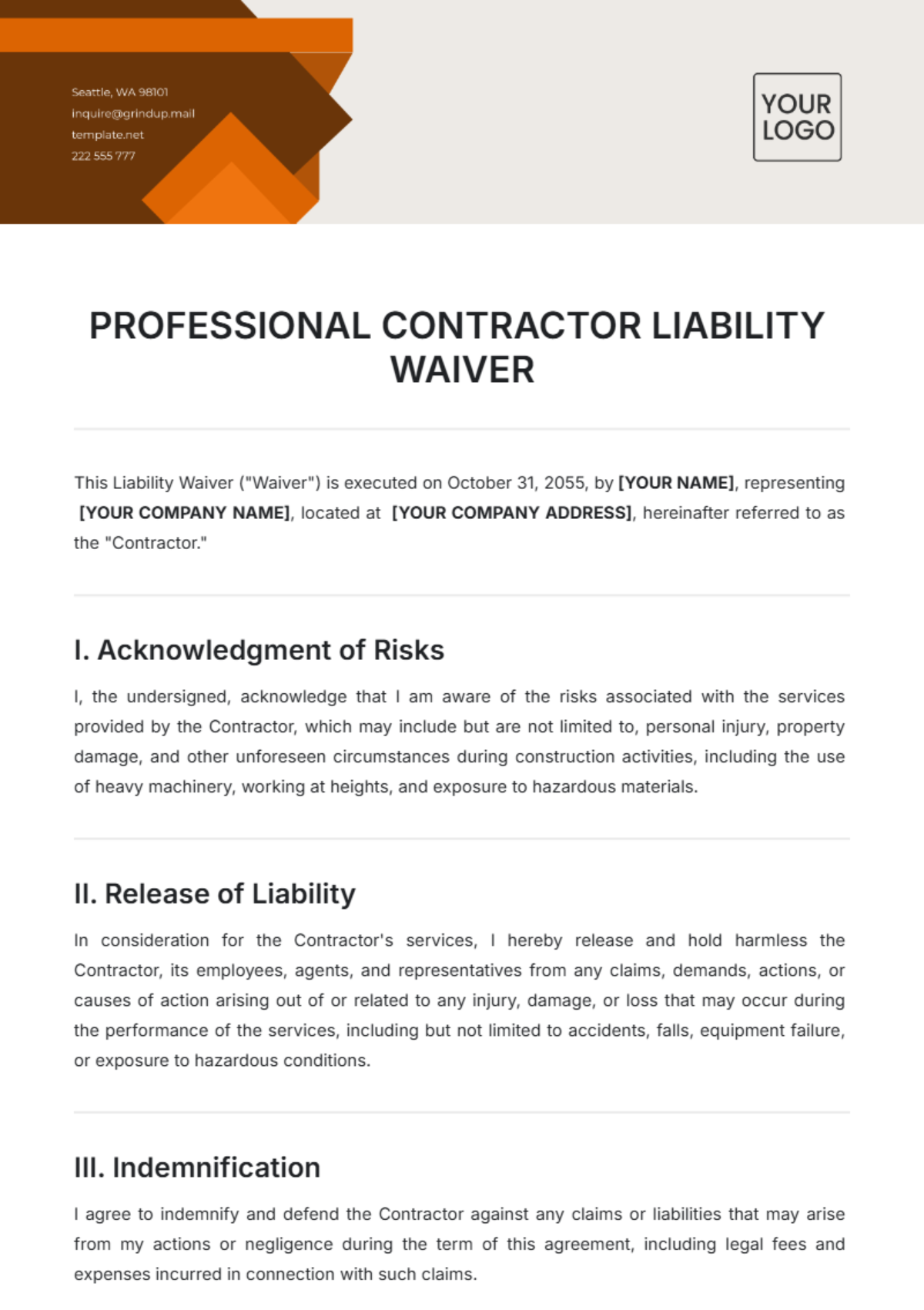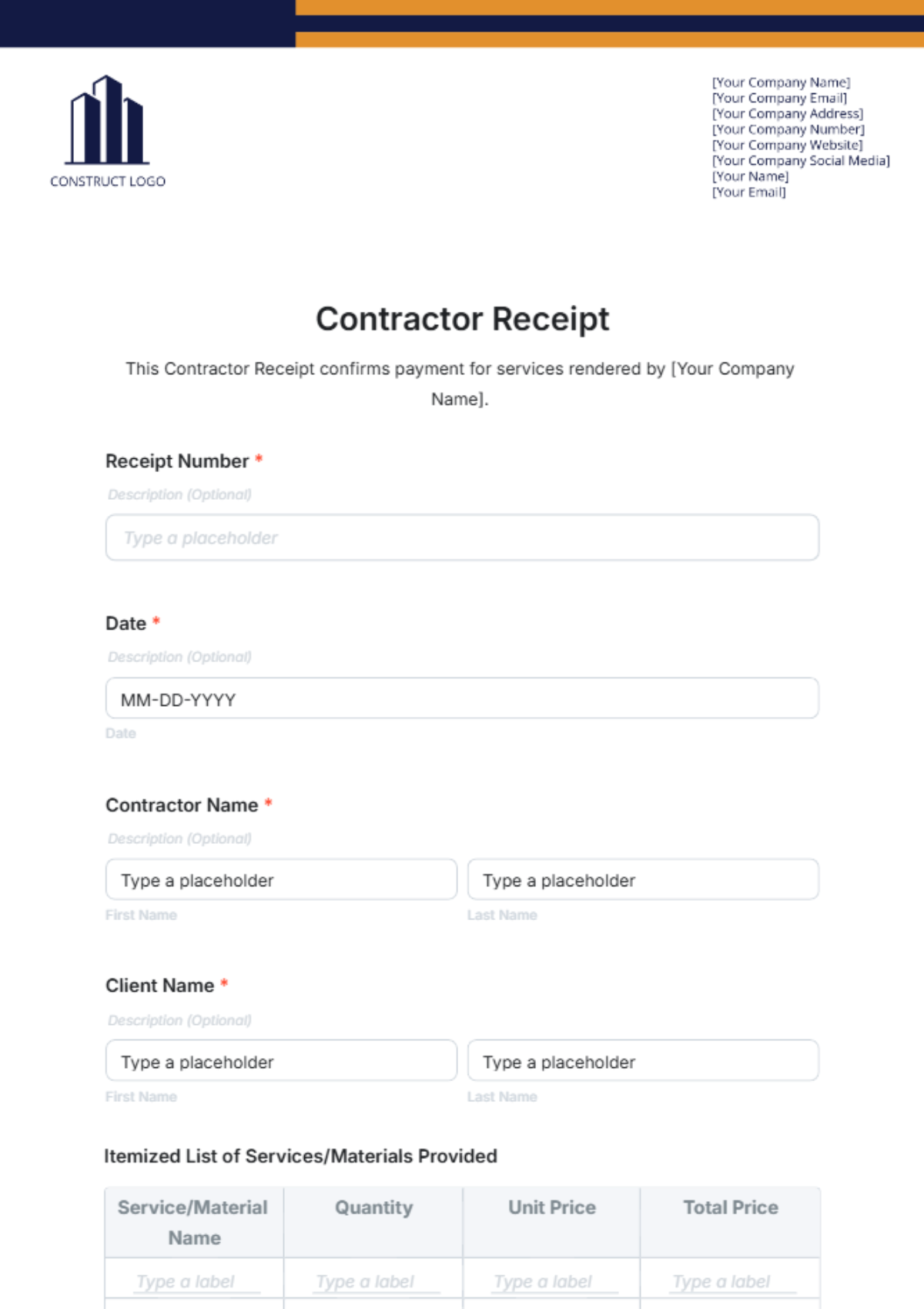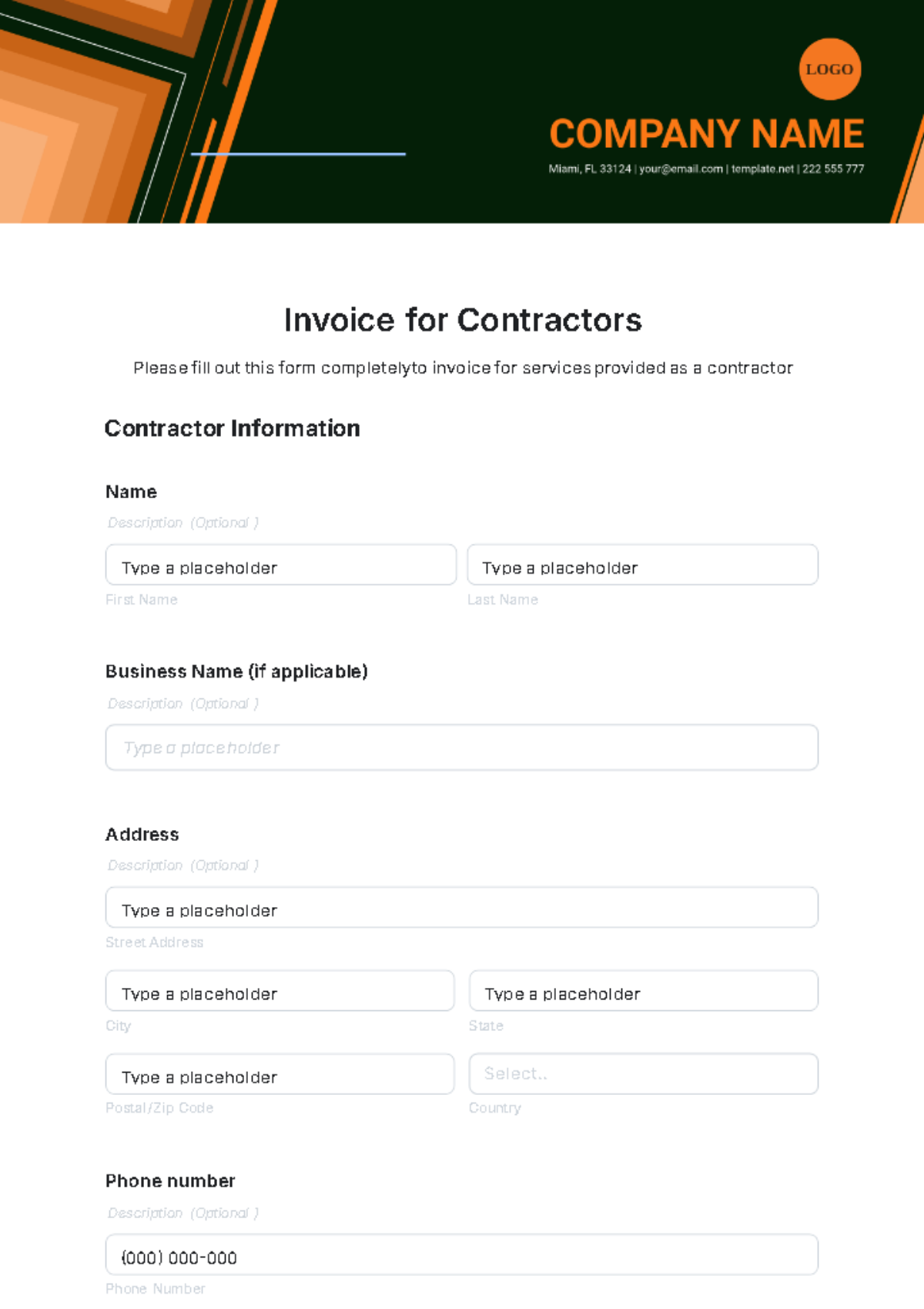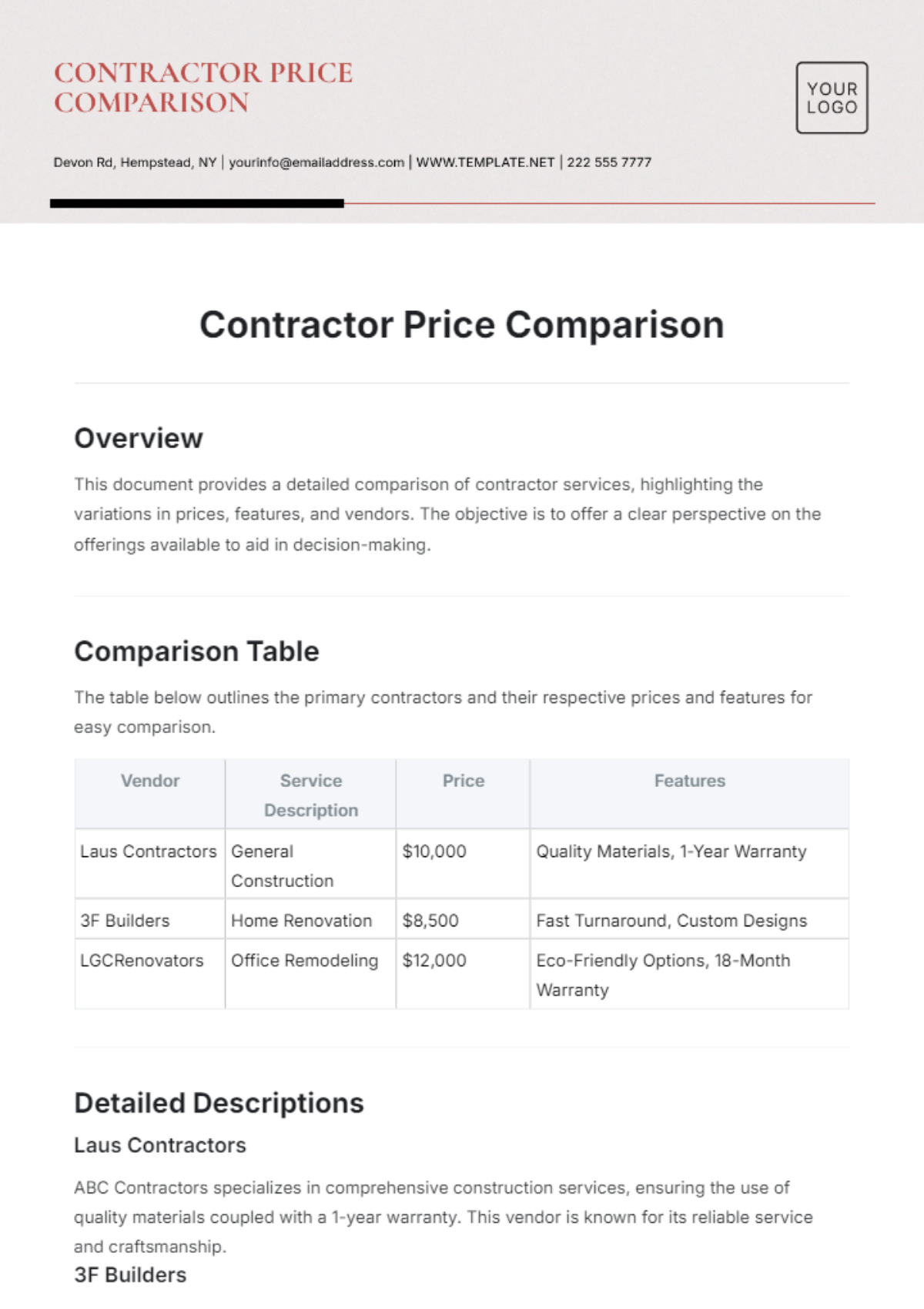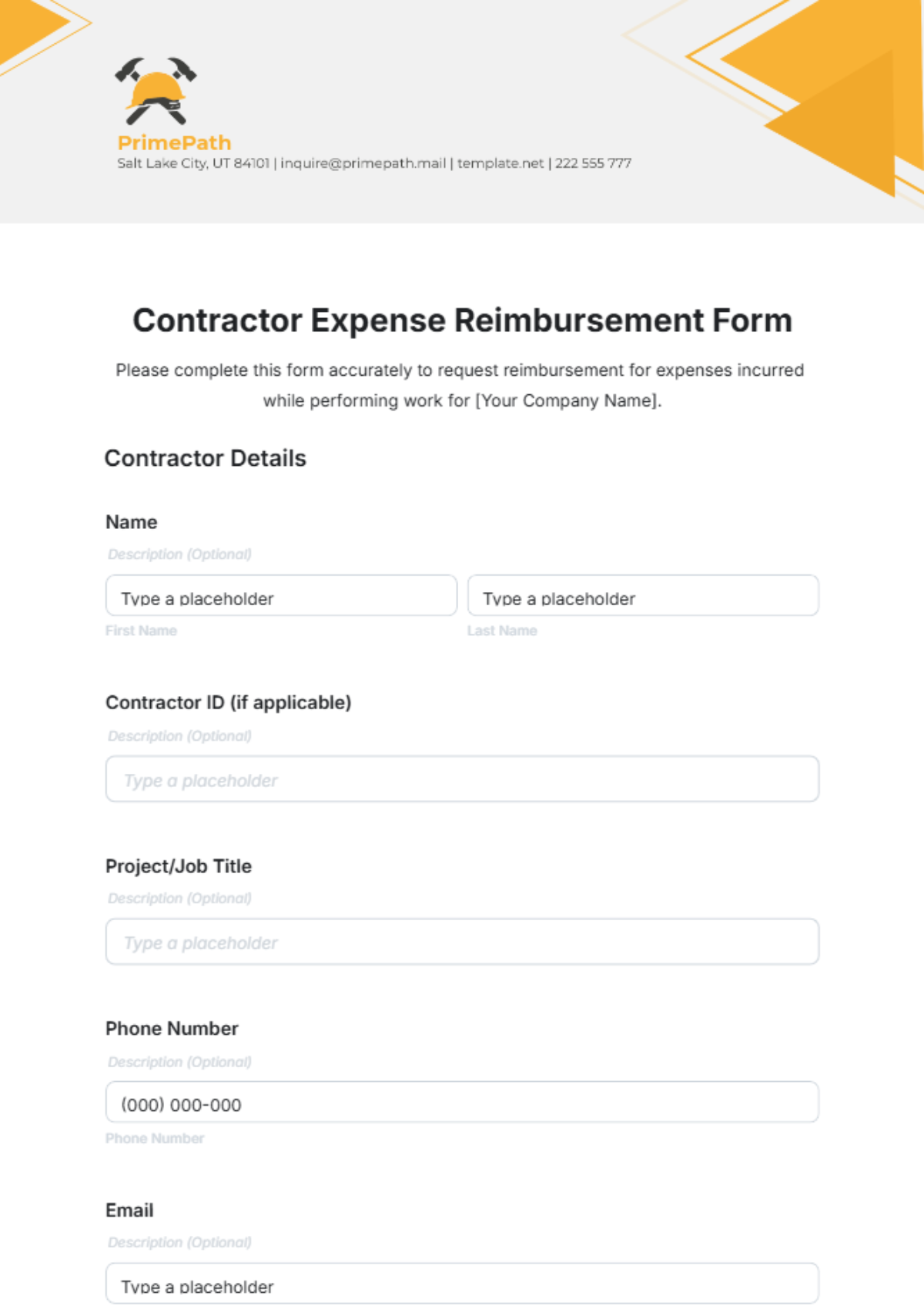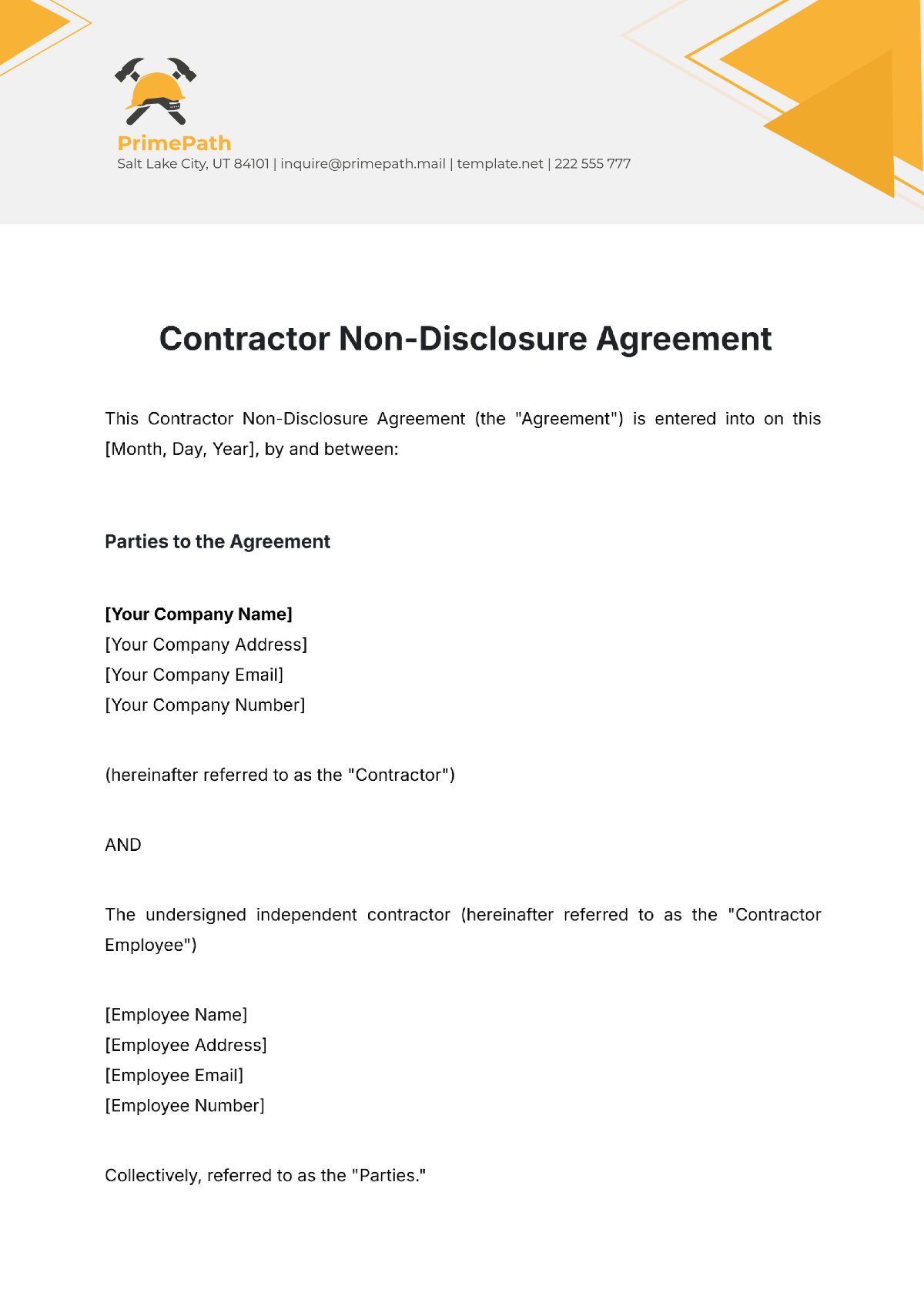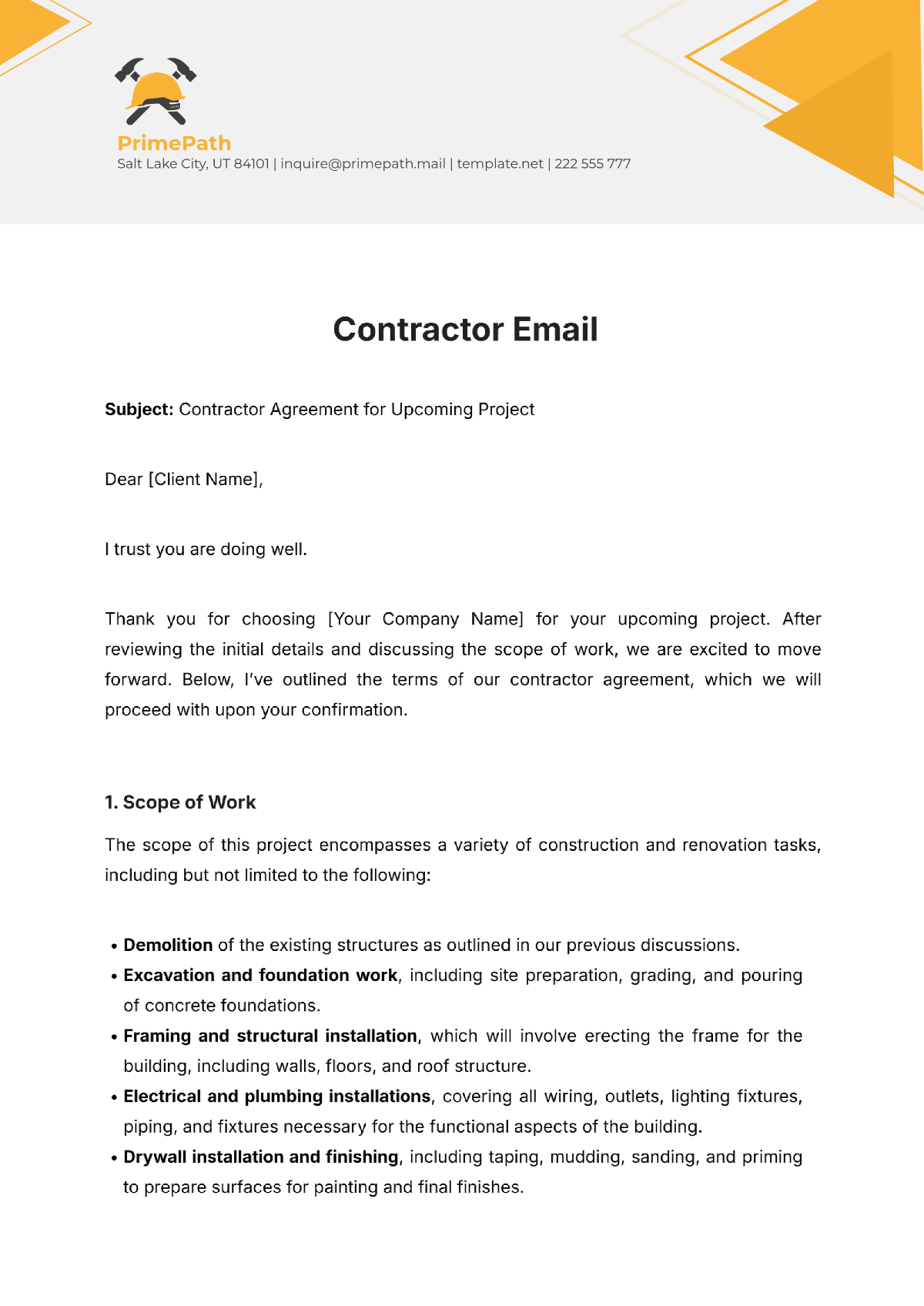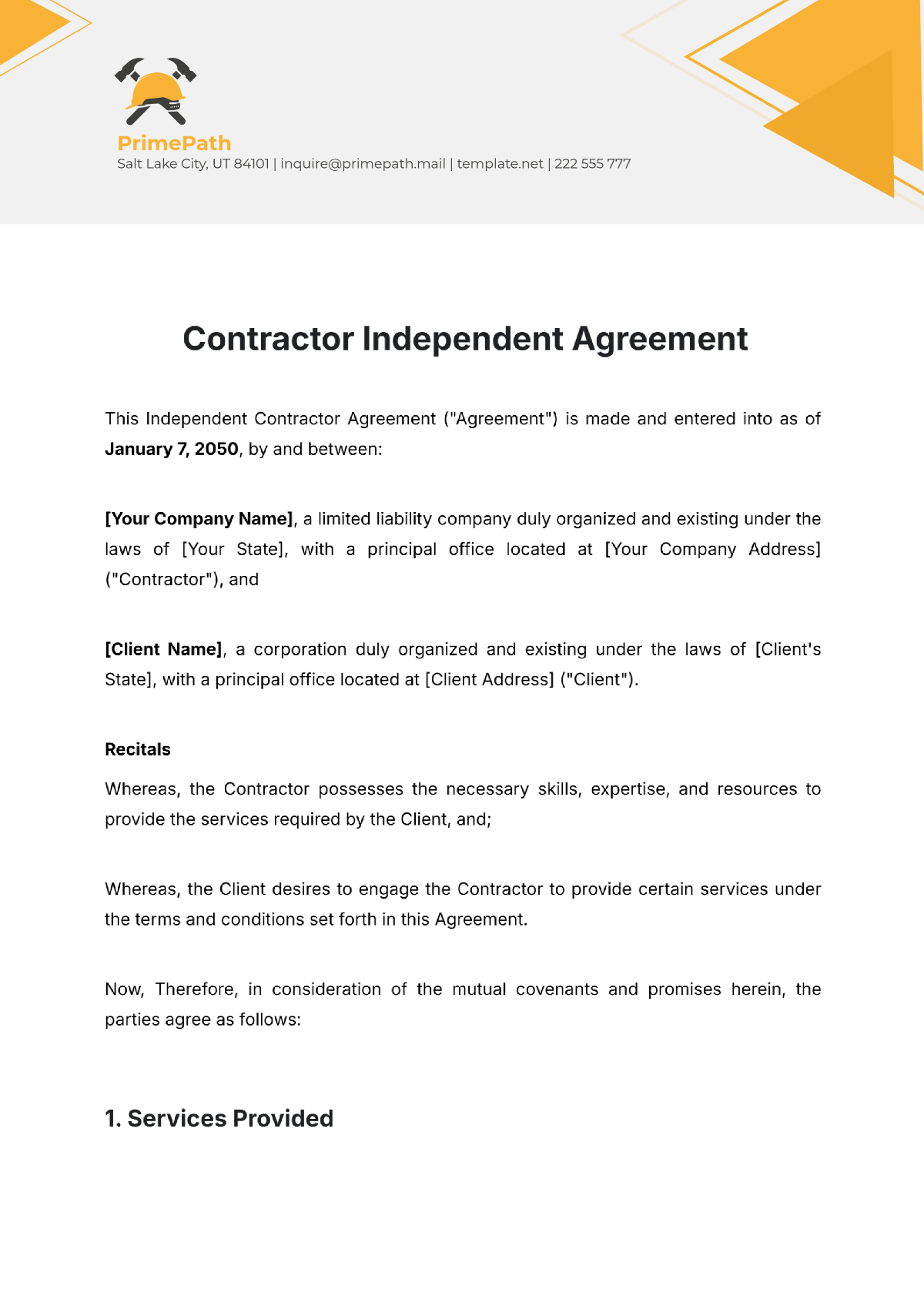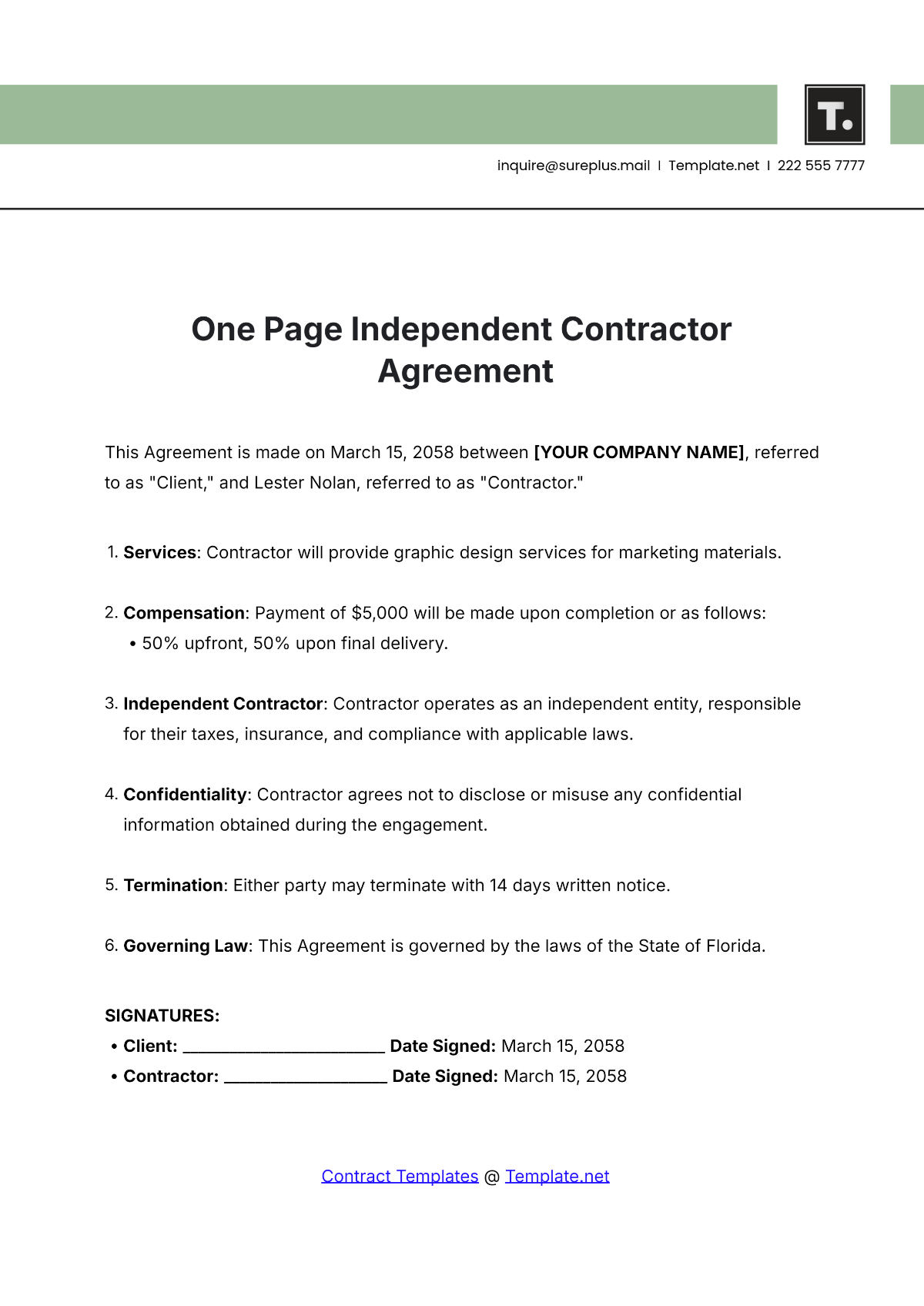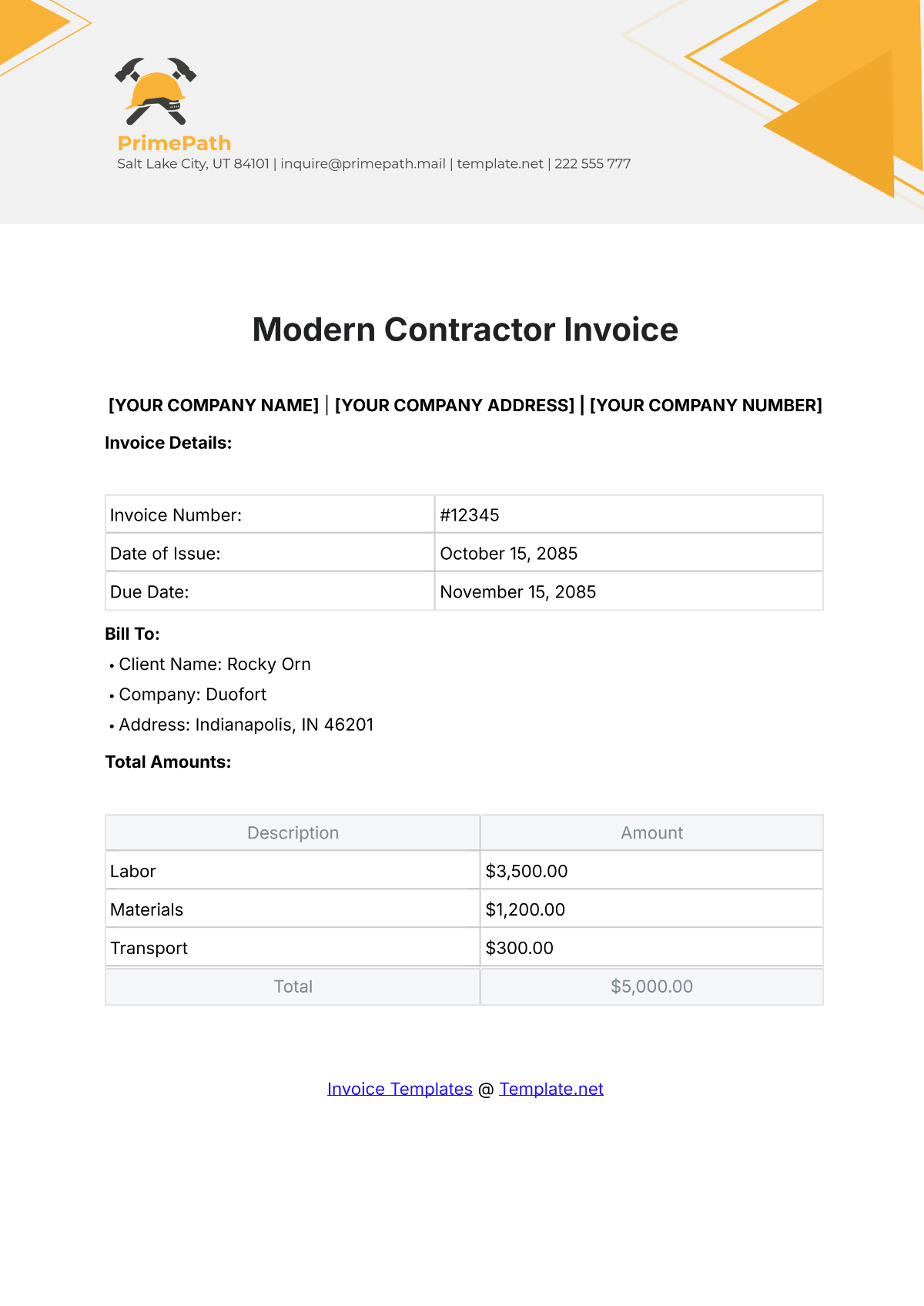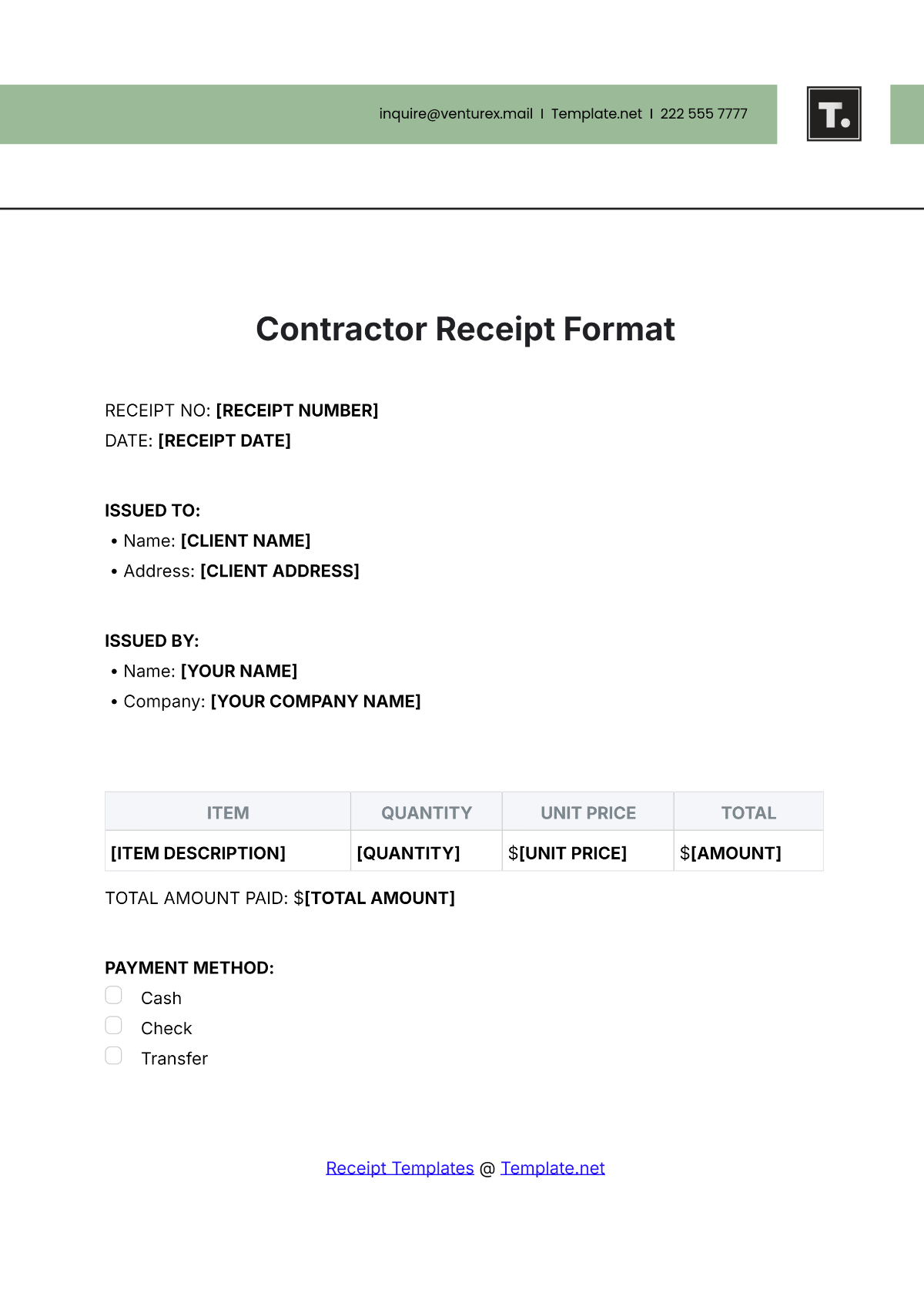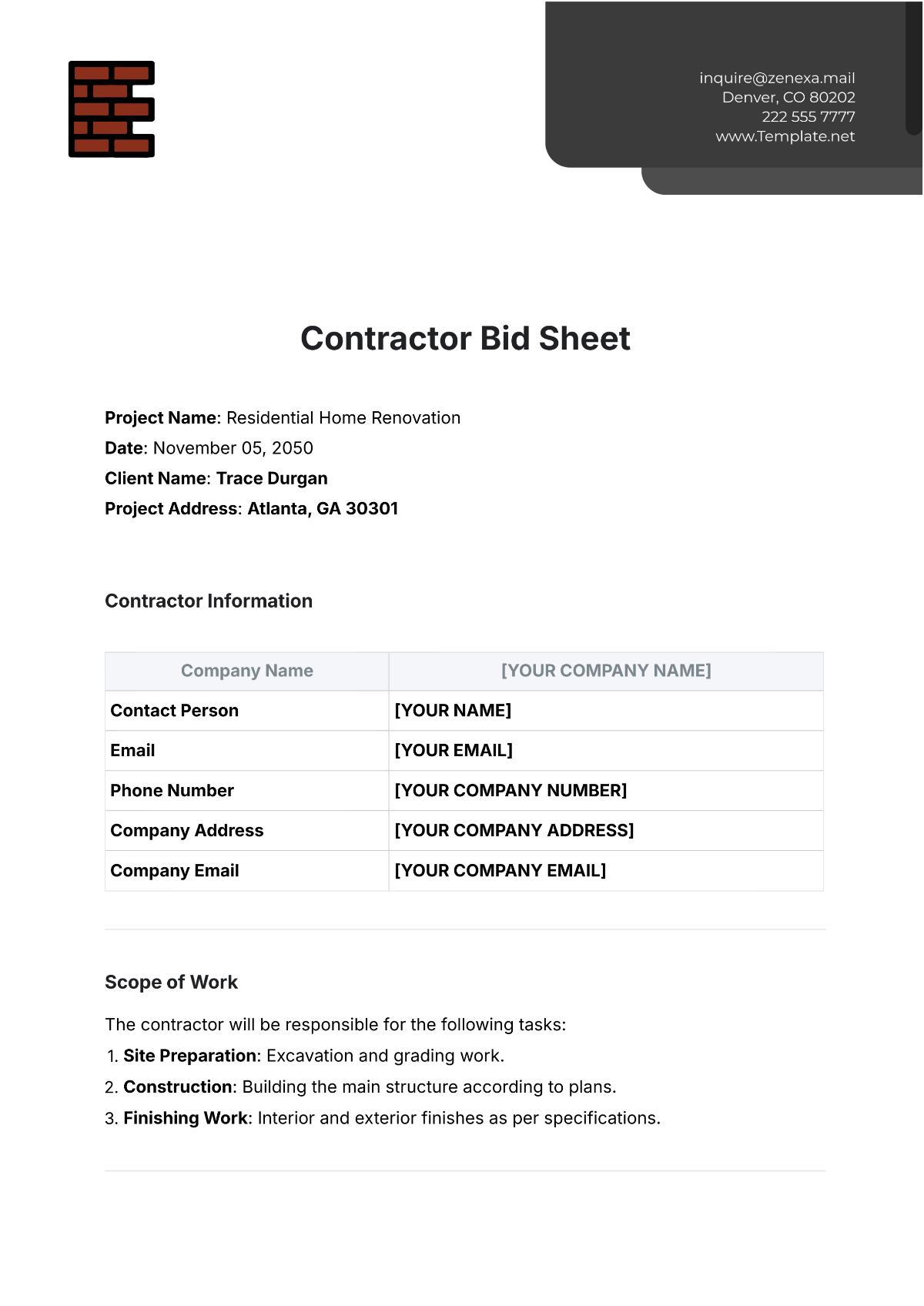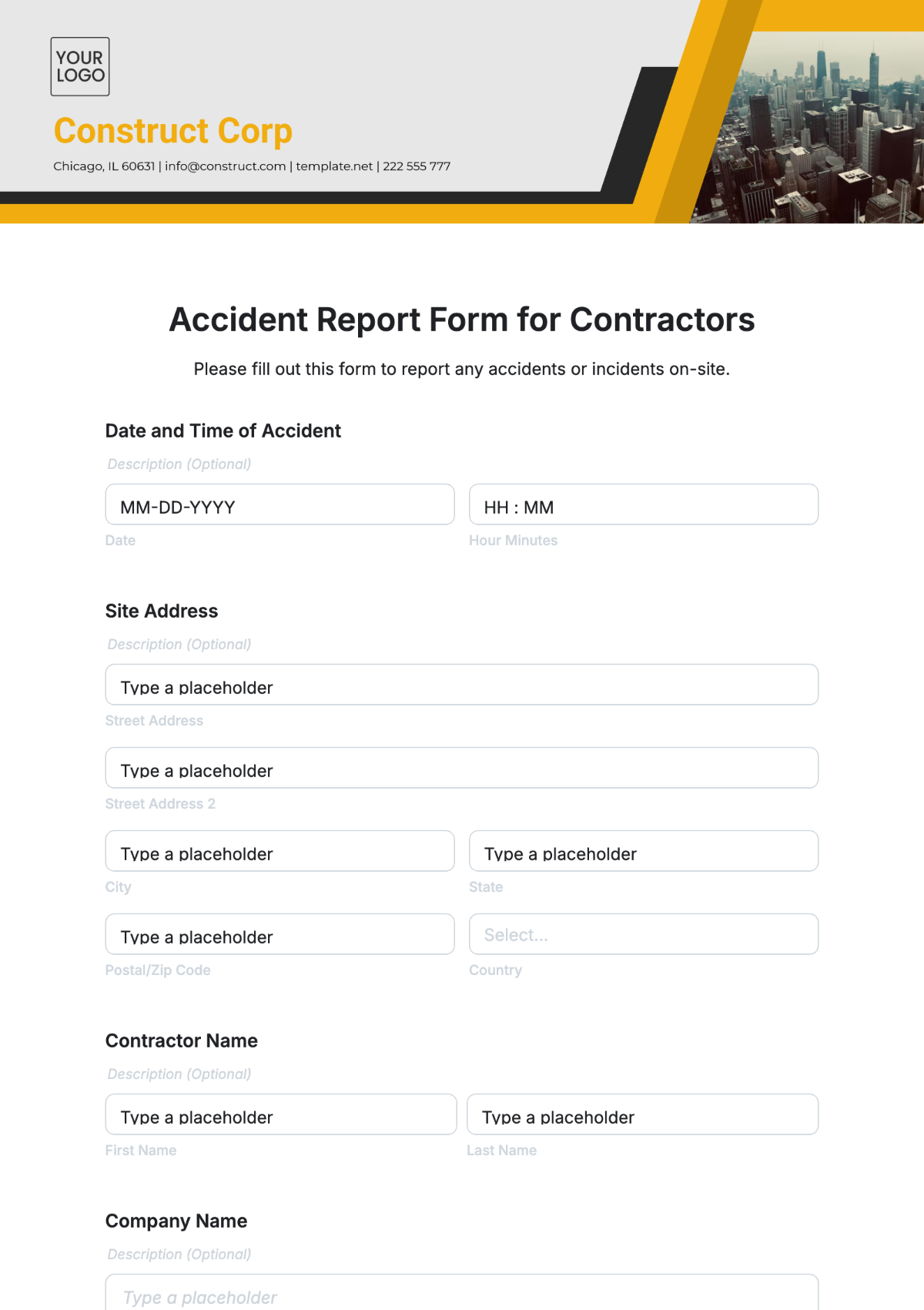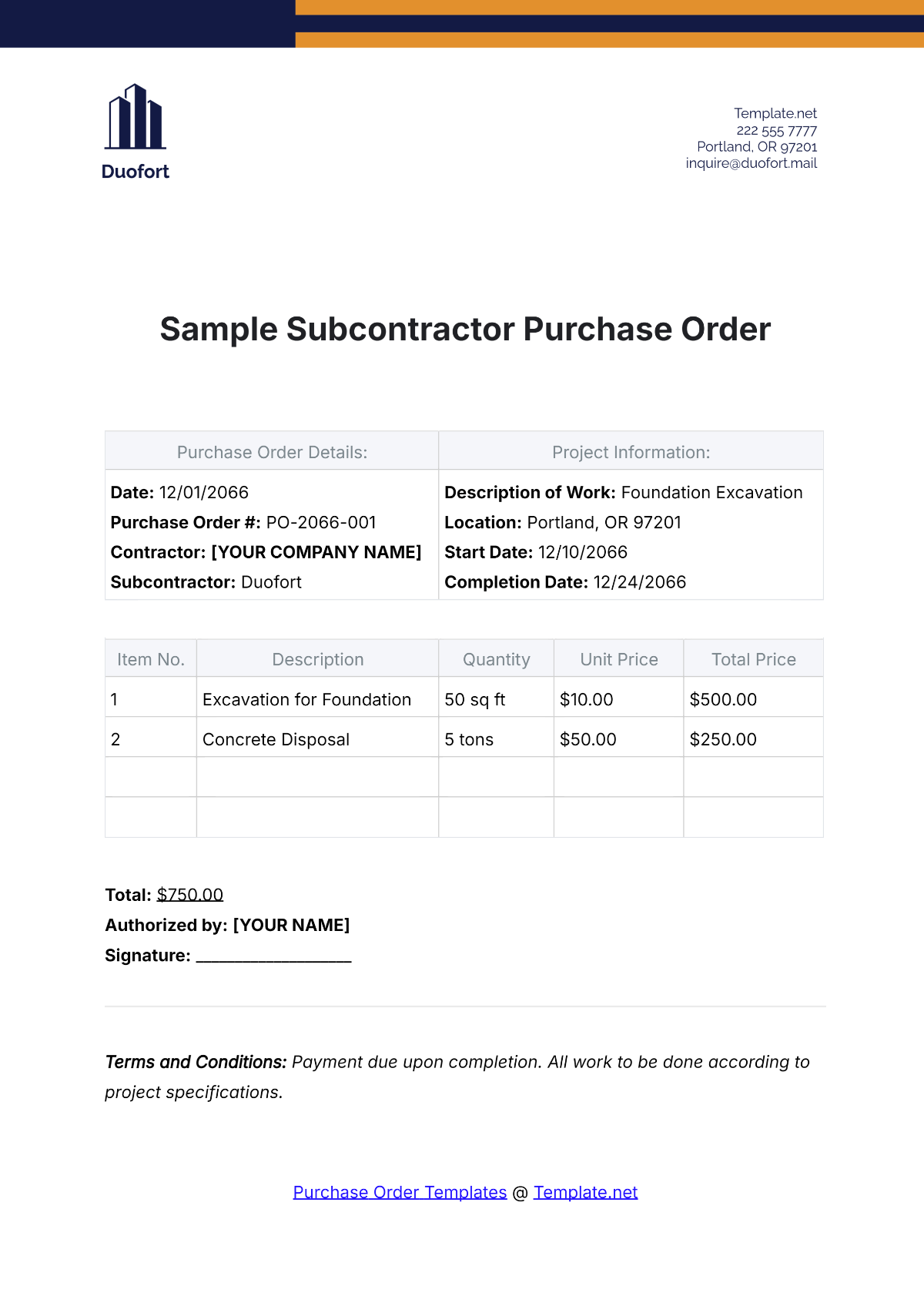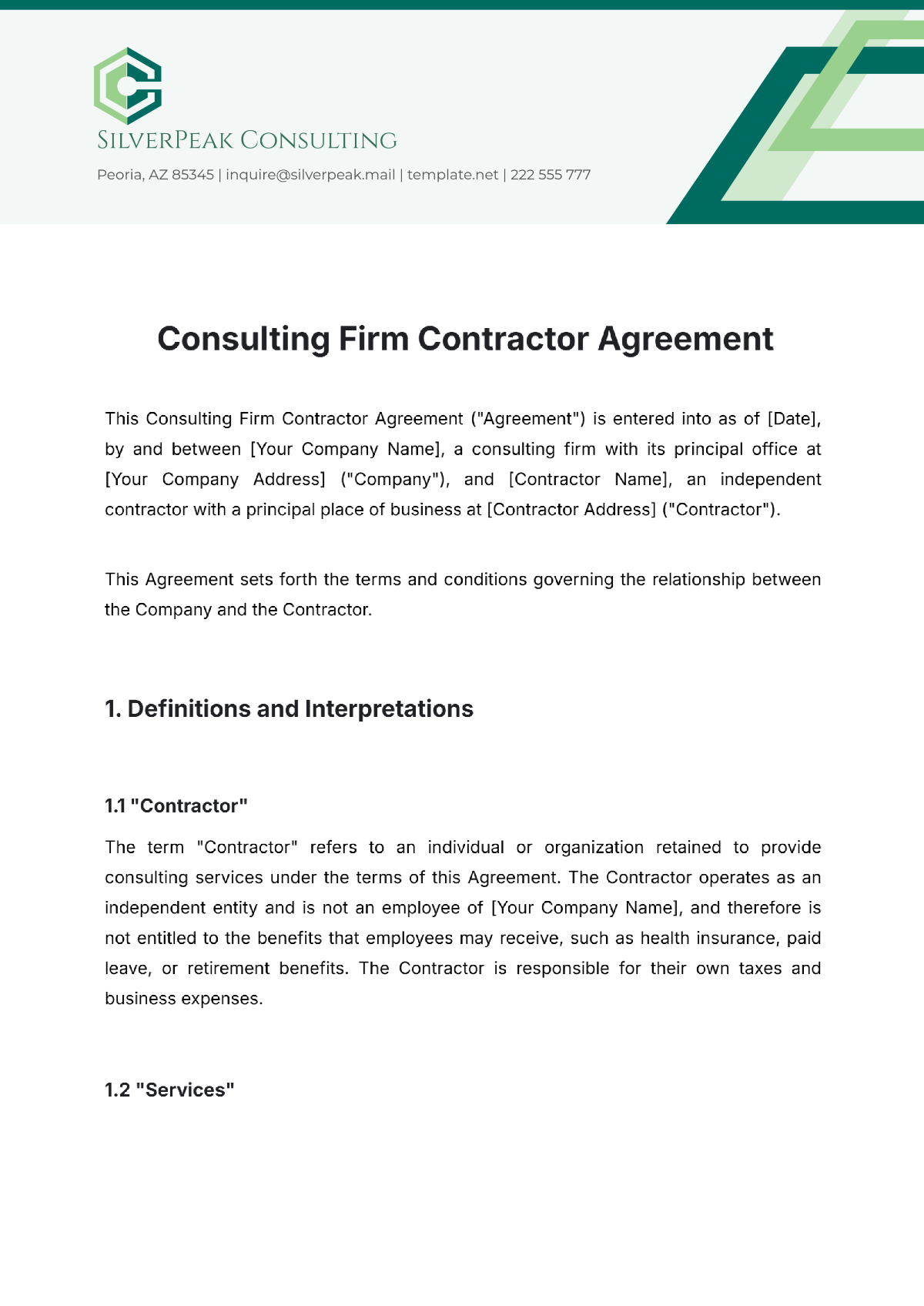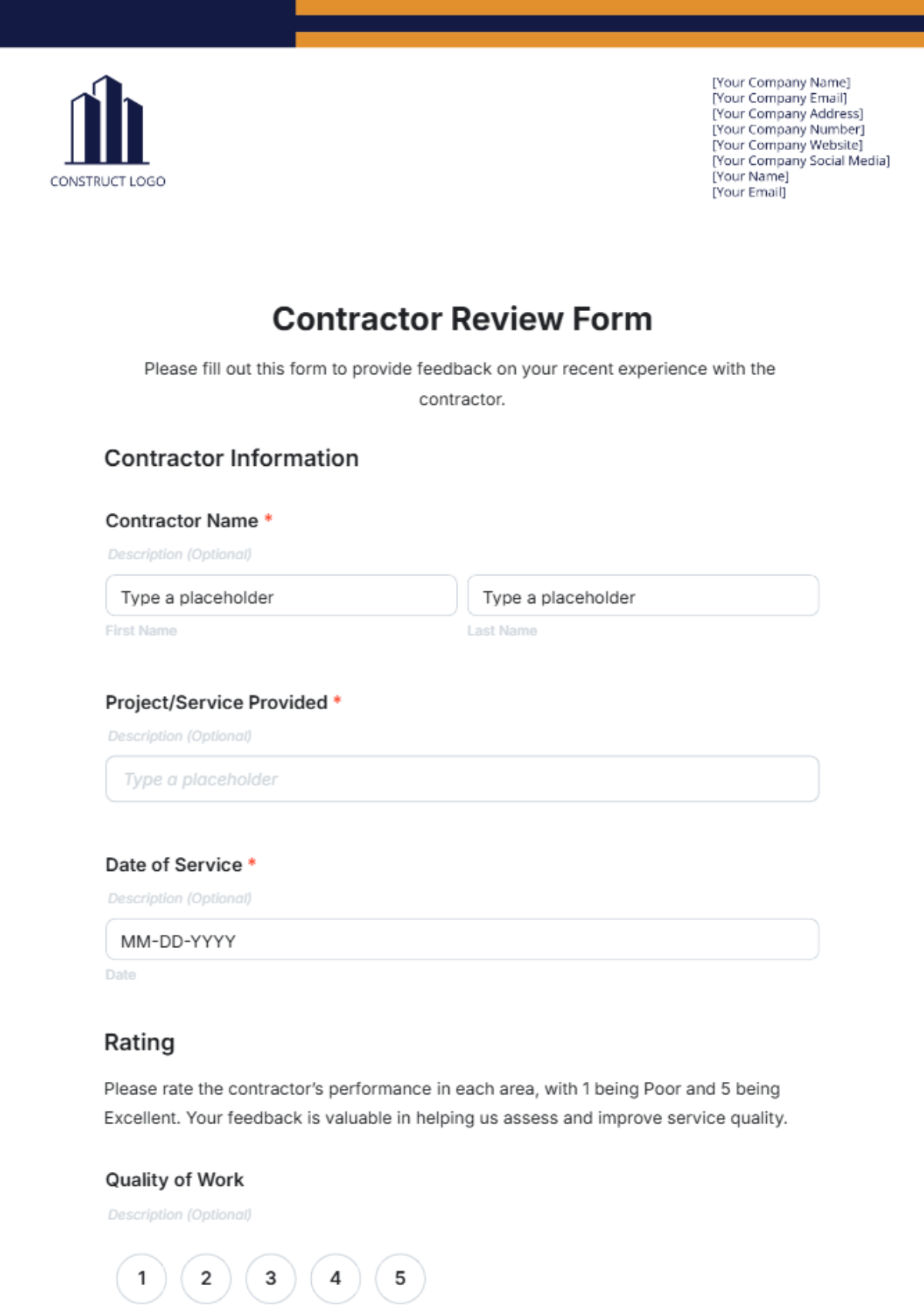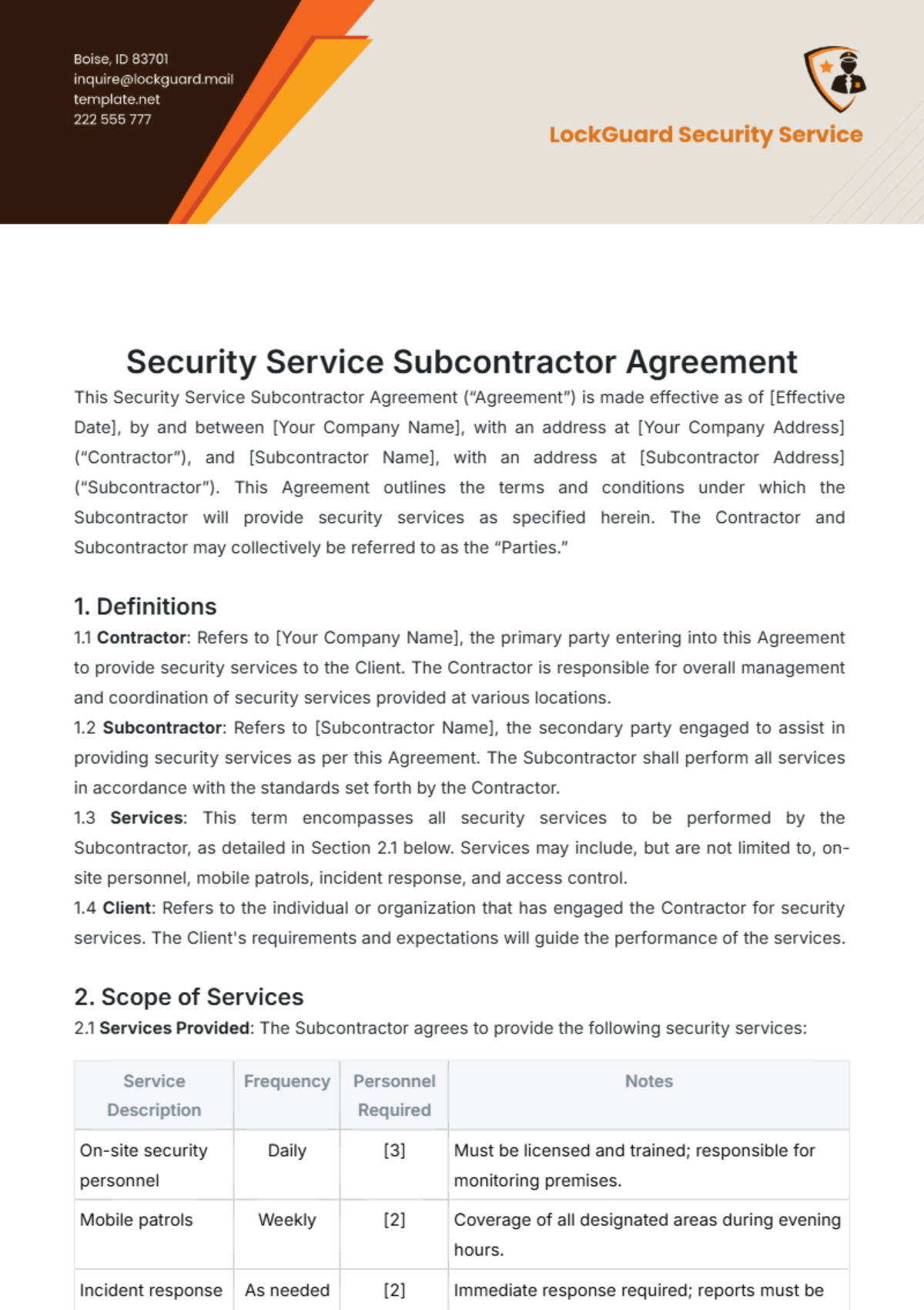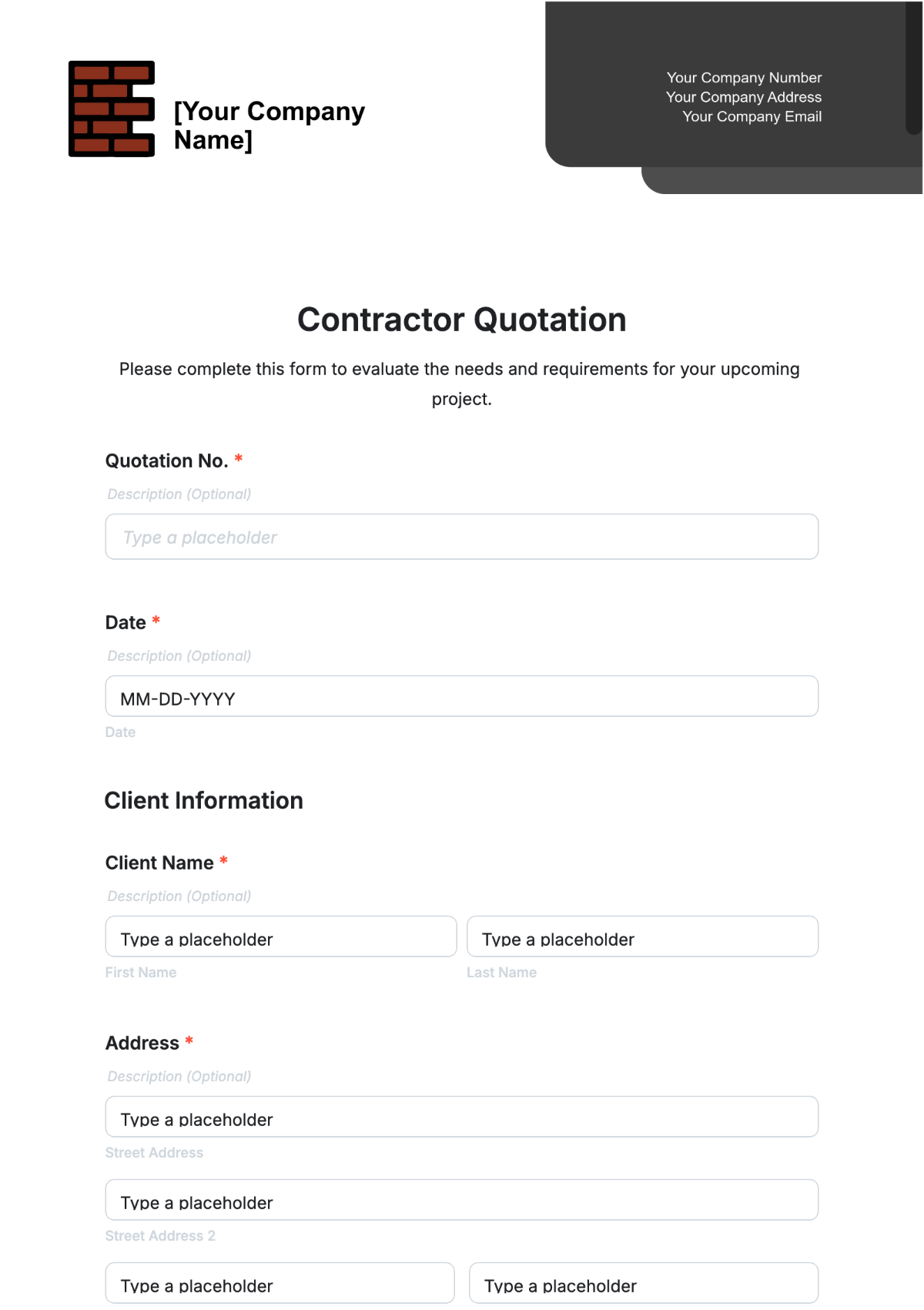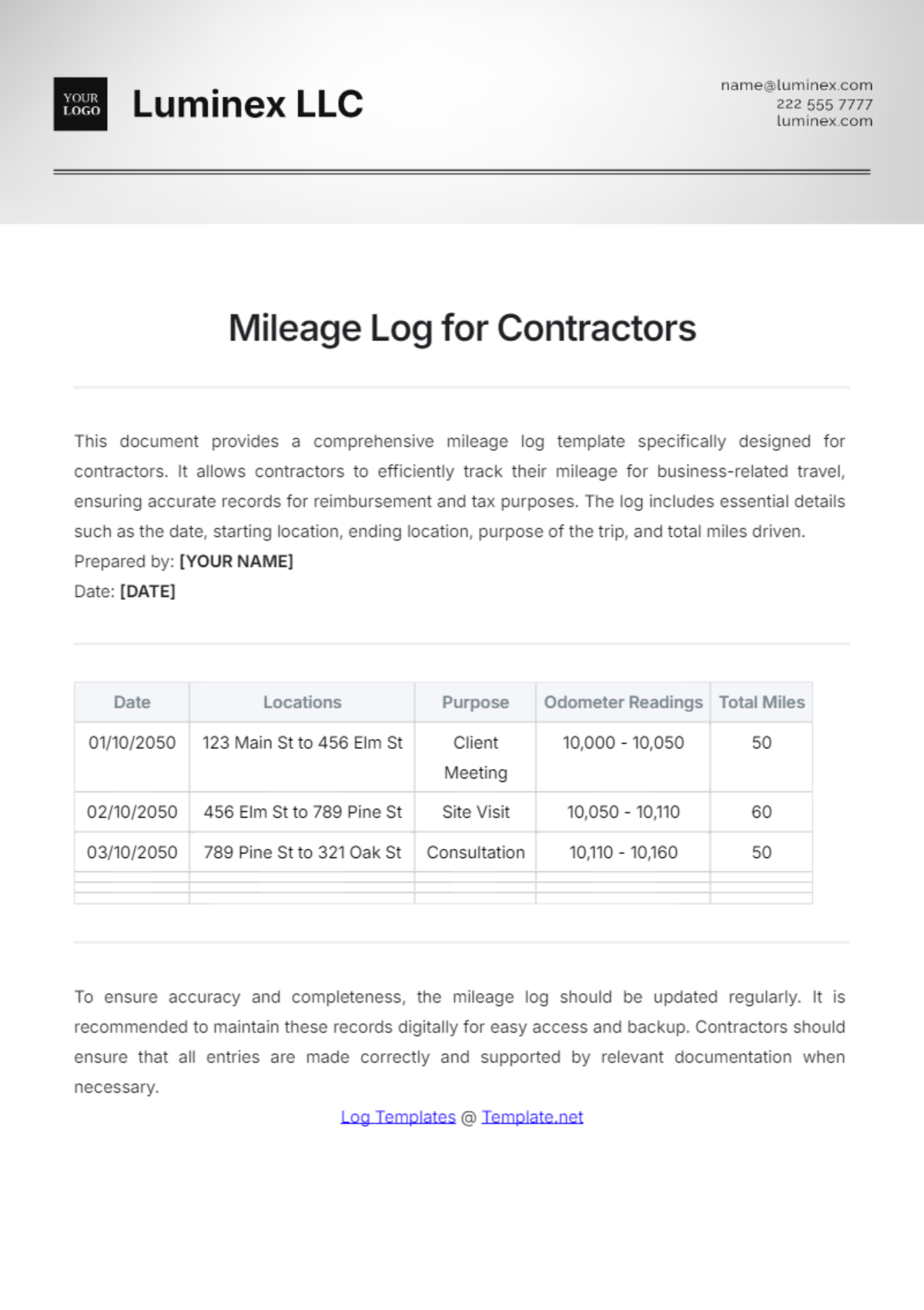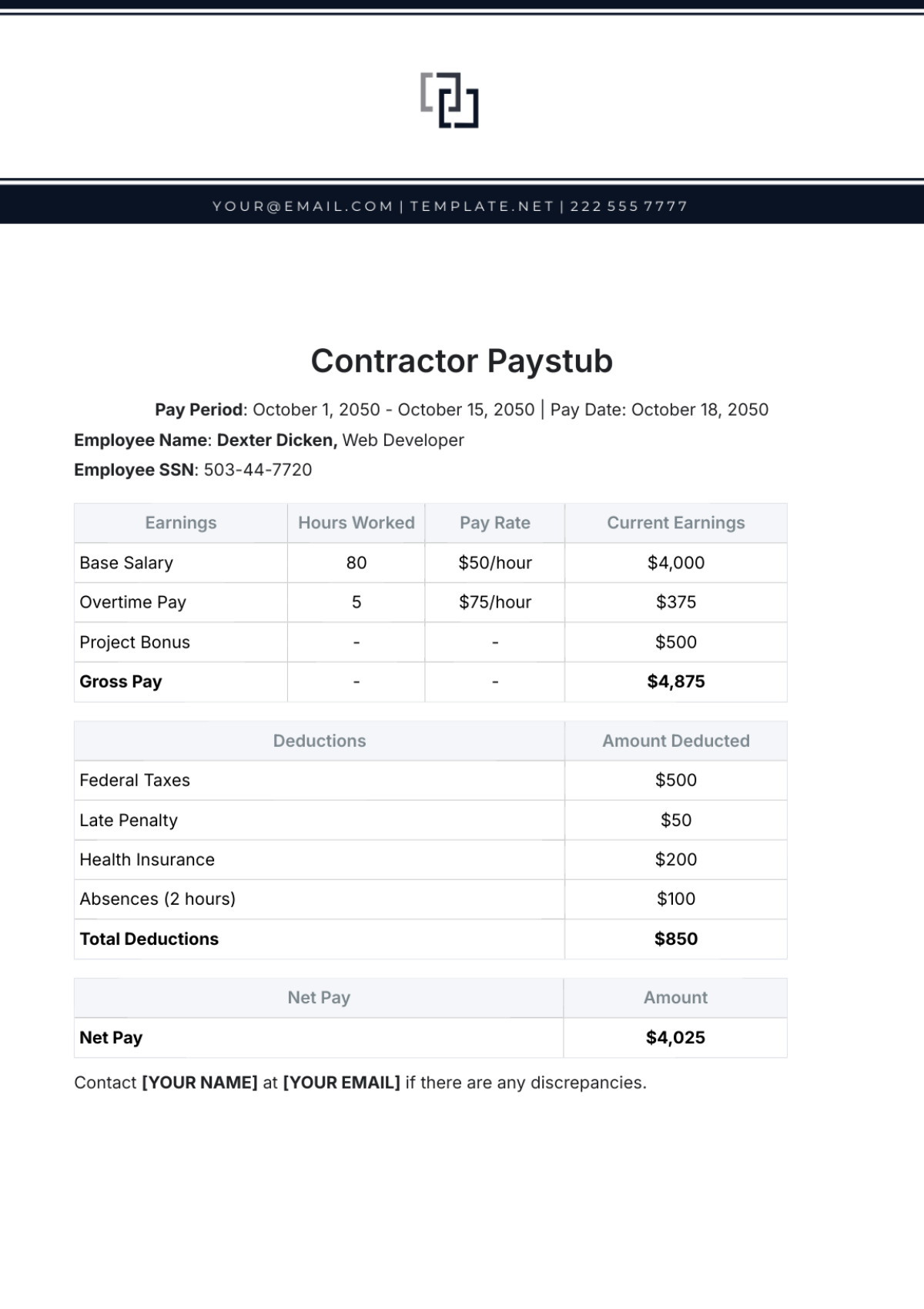Free Agriculture Worker Safety Contract Template
Agriculture Worker Safety Contract
This Agriculture Worker Safety Contract ("Contract") is made and entered into on this [Date] by and between [Your Company Name], located at [Your Company Address] ("Employer"), and [Employee Name] ("Employee"). The purpose of this Contract is to establish the safety standards, policies, and procedures that must be adhered to by the Employee while performing agricultural work for the Employer.
1. Definitions
1.1. Agricultural Work
Agricultural work includes all activities related to the cultivation and harvesting of crops, livestock management, and any other tasks assigned by the Employer that fall within the scope of agricultural operations.
1.2. Safety Standards
Safety standards refer to the comprehensive and detailed collection of rules, regulations, and guidelines that have been meticulously established and implemented by the Employer. These standards are specifically designed with the primary objective of ensuring and maintaining the health, well-being, and safety of the Employees throughout the duration of their work-related activities and while they are performing their assigned duties. The intent is to create a safe and risk-free work environment, thereby protecting the Employee from potential hazards and ensuring their overall safety and welfare.
1.3. Personal Protective Equipment (PPE)
PPE refers to equipment provided by the Employer, such as gloves, masks, goggles, and other protective gear, to safeguard the Employee from potential hazards.
2. General Safety Policies
2.1. Compliance with Laws
The Employee hereby agrees to adhere strictly to and comply with all applicable laws, statutes, codes, and regulations issued by federal, state, and local authorities that pertain to health and safety in the workplace. This includes any current and future rules, standards, or guidelines designed to ensure a safe and healthy work environment. The Employee's commitment encompasses abiding by provisions such as but not limited to, those stipulated by entities like the Occupational Safety and Health Administration (OSHA) and any relevant state occupational safety and health programs. The Employee acknowledges that adherence to these legal and regulatory requirements is a fundamental aspect of their employment obligations and is essential for maintaining a safe working environment for themselves and their colleagues.
2.2. Employer's Responsibilities
The Employer shall:
Provide a safe working environment.
Supply necessary PPE.
Conduct regular safety training.
Monitor compliance with safety policies.
2.3. Employee's Responsibilities
The Employee shall:
Attend all required safety training sessions.
Use PPE as instructed.
Report unsafe conditions or practices to the supervisor immediately.
Follow all safety guidelines and procedures.
3. Personal Protective Equipment (PPE)
3.1. Provision of PPE
The Employer shall provide the Employee with appropriate PPE for the tasks they are assigned to perform. This includes, but is not limited to:
Gloves
Safety goggles
Protective clothing
Respiratory masks
3.2. Maintenance and Usage
The Employee is responsible for:
Properly using PPE as instructed during training.
Maintaining PPE in good condition.
Reporting any damaged or defective PPE to the supervisor immediately.
4. Safety Training
4.1. Initial Training
The Employee shall undergo initial safety training before commencing work. This training will cover:
General safety guidelines
Proper use of PPE
Emergency procedures
Specific hazards related to the Employee’s duties
4.2. Ongoing Training
The Employer will provide ongoing safety training to ensure that the Employee stays informed about:
Updates to safety regulations
New safety procedures
Any changes in PPE usage
5. Hazard Communication
5.1. Information and Training
The Employer will inform and train the Employee about:
Hazardous chemicals they may be exposed to
Proper handling, storage, and disposal of these chemicals
The use of Safety Data Sheets (SDS) for all chemicals
5.2. Labeling
Each and every hazardous material will be distinctly and clearly labeled with the appropriate warning signs that indicate the specific type of danger it presents. Additionally, detailed instructions for the safe handling of these materials will also be included on the labels to ensure proper and secure management.
6. Emergency Procedures
6.1. Emergency Response Plan
The Employer shall establish and maintain an emergency response plan that includes:
Evacuation routes
Emergency contact numbers
Procedures for reporting accidents and injuries
6.2. Employee's Role in Emergencies
The Employee agrees to:
Familiarize themselves with the emergency response plan
Participate in emergency drills
Follow the instructions of emergency responders
7. Accident Reporting and Investigation
7.1. Reporting Accidents
The Employee is required to report any accident or injury, regardless of how minor it may seem, to their supervisor without any delay.
7.2. Accident Investigation
The Employer will conduct an investigation for every reported accident to:
Determine the cause
Implement corrective measures to prevent future occurrences
Complete and file necessary reports
8. Health and Hygiene
8.1. Sanitation
The Employer shall provide adequate sanitation facilities, including:
Clean drinking water
Handwashing stations
Restroom facilities
8.2. Health Monitoring
The Employee agrees to:
Participate in health screenings as required
Report any health concerns that may affect their ability to perform their duties safely
9. Specific Safety Procedures
9.1. Machinery and Equipment
The Employee shall:
Receive training on the safe operation of machinery and equipment
Follow all safety instructions and guidelines
Report any malfunctioning equipment to the supervisor immediately
9.2. Pesticide Application
The Employee shall:
Receive specialized training in the safe handling and application of pesticides
Use PPE specifically designed for pesticide application
Follow all instructions provided on pesticide labels and SDS
10. Disciplinary Actions
10.1. Non-Compliance
Failure to comply with the safety standards, policies, and procedures outlined in this Contract may result in disciplinary actions, including:
Verbal or written warnings
Suspension
Termination of employment
10.2. Reporting Violations
The Employee is strongly encouraged to promptly report any observed or suspected violations of the company's safety policies directly to their immediate supervisor. The Employee should do so with the understanding and reassurance that they will not face any form of retaliation, discrimination, or adverse consequences for making such reports. The company is committed to maintaining a safe and healthy work environment and values the proactive participation of all employees in identifying and addressing potential safety concerns.
11. Agreement Duration and Termination
11.1. Duration
This Contract shall continue to be valid and enforceable for the entire period during which the Employee is employed by the Employer.
11.2. Termination
This Contract may be terminated by either party by providing written notice to the other party. In the event of termination, the Employee is required to return all personal protective equipment (PPE) and any other equipment that has been provided by the Employer.
12. Acknowledgment
By signing below, the Employee acknowledges that they have read, understood, and agree to comply with the terms and conditions of this Agriculture Worker Safety Contract.
Employer

[Your Company Name]
[Your Name]
[Job Title]
[Date]
Employee

[Employee Name]
[Job Title]
[Date]

